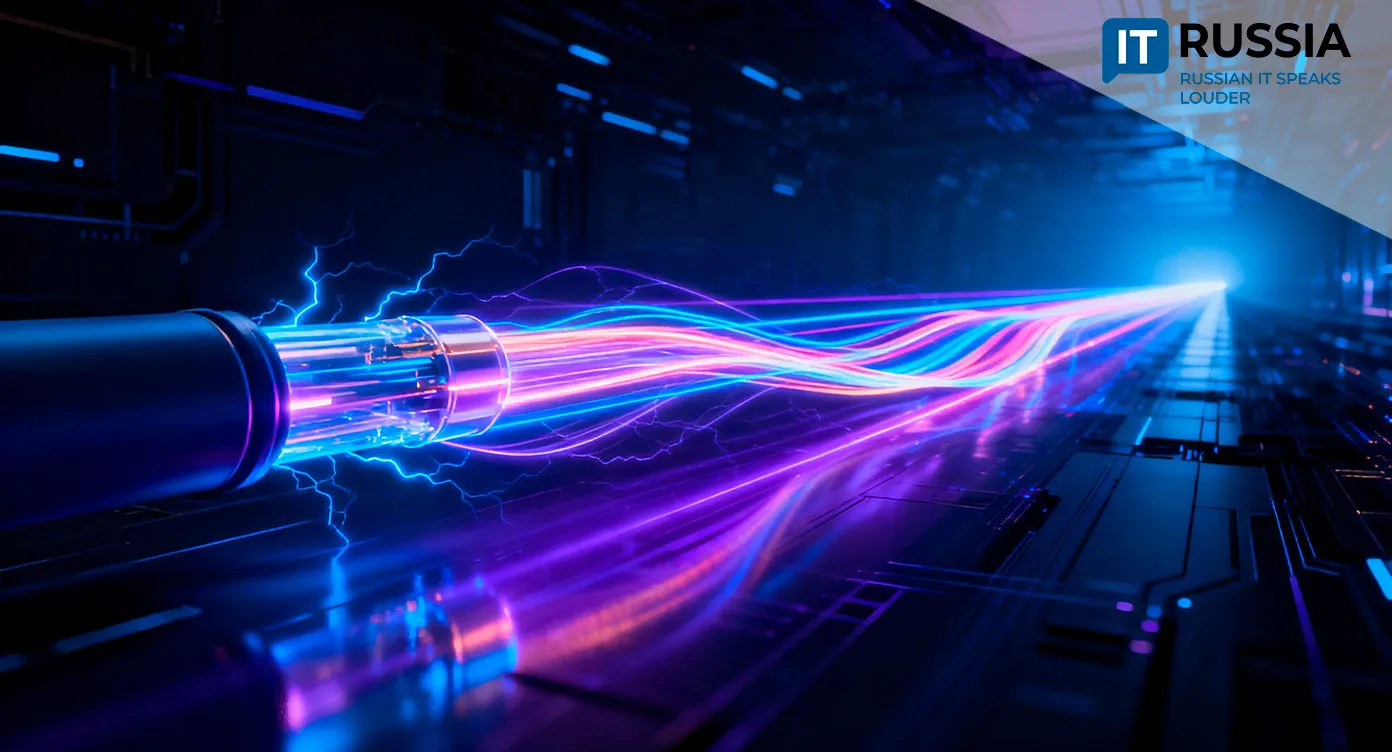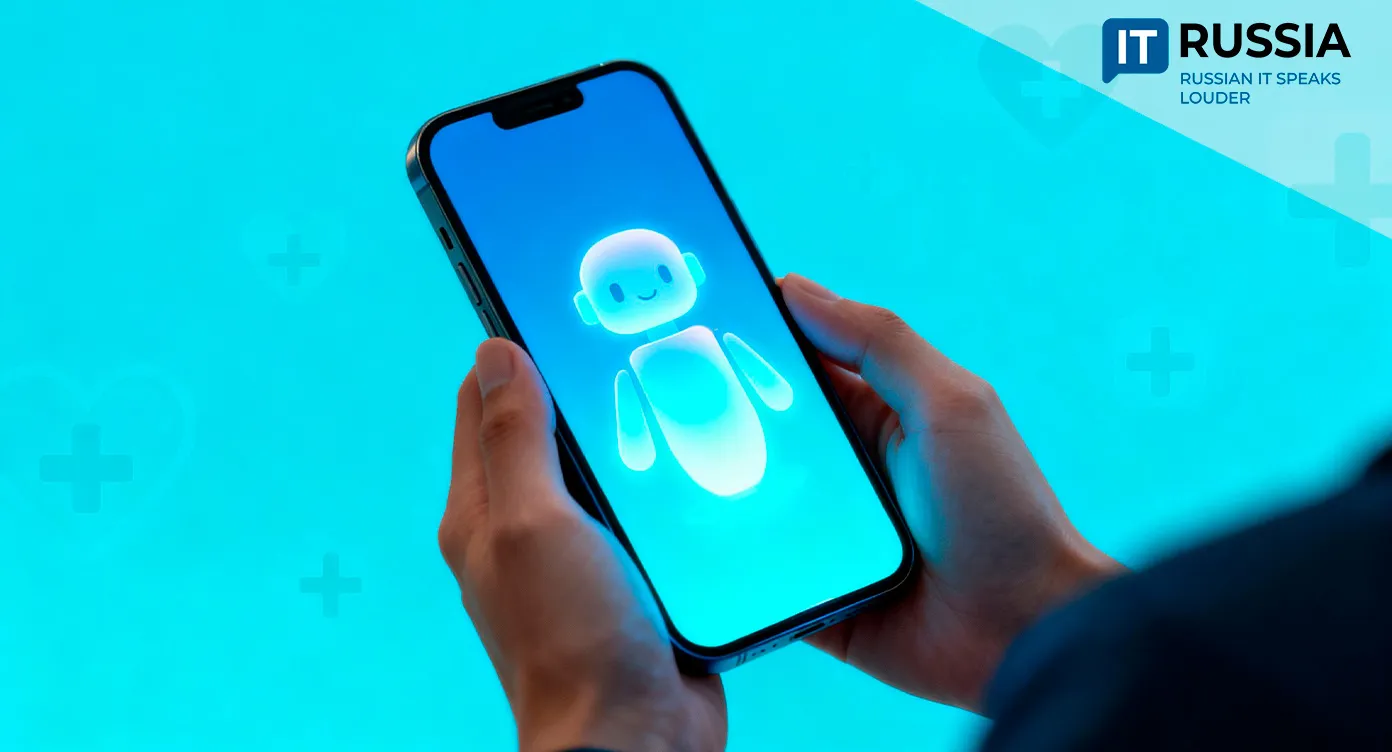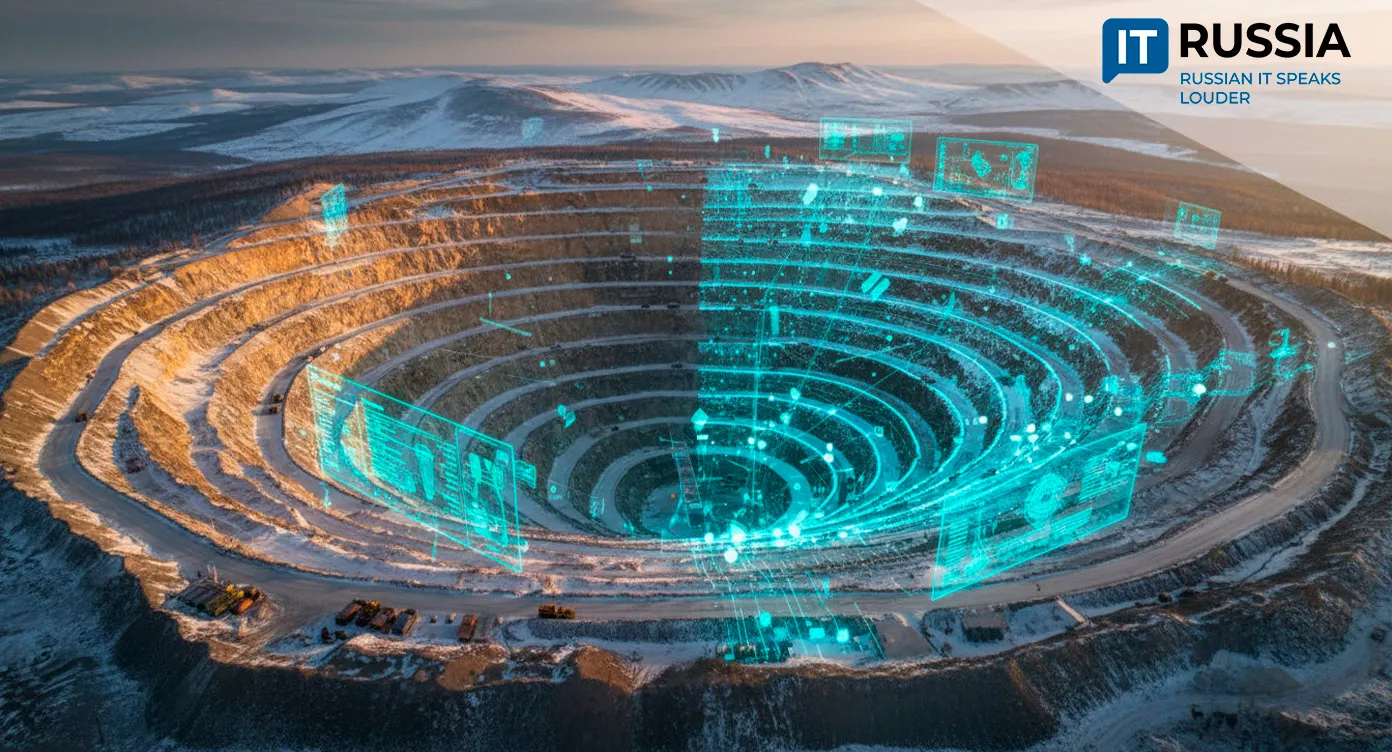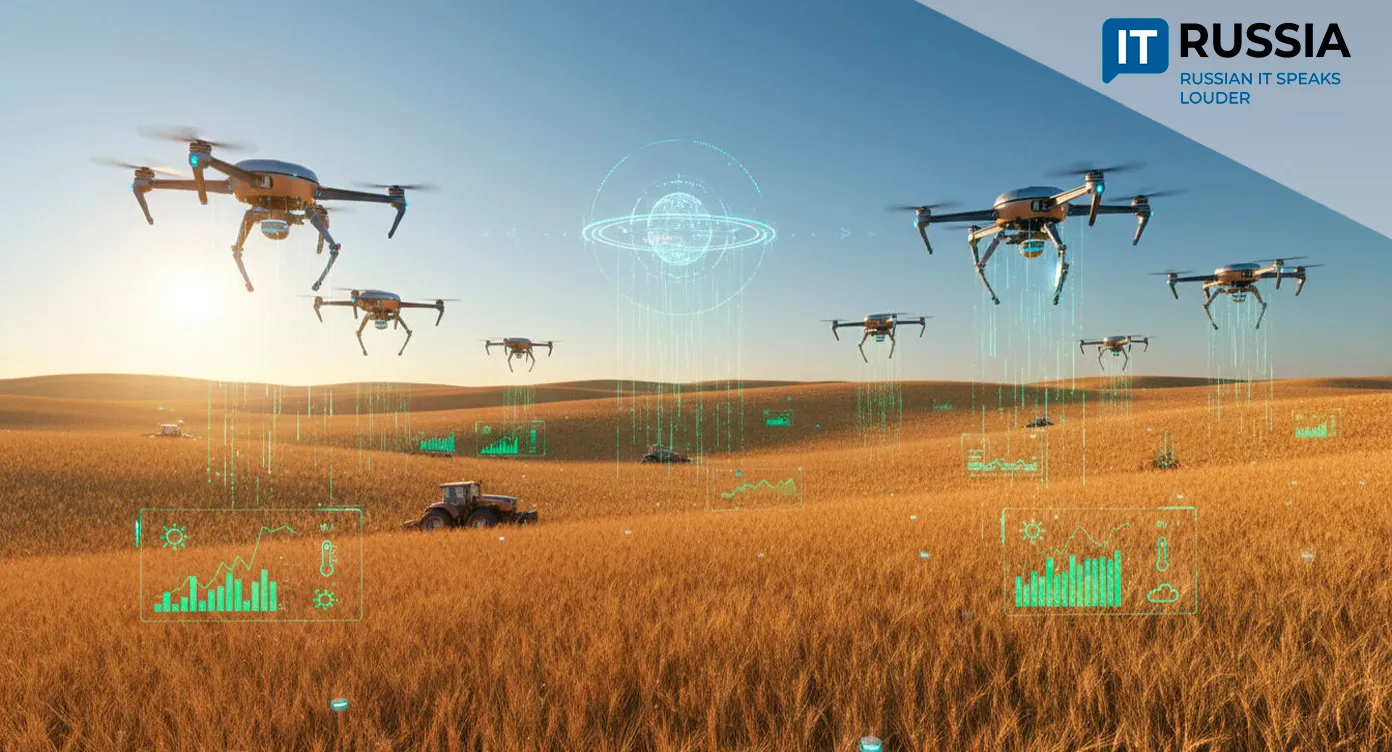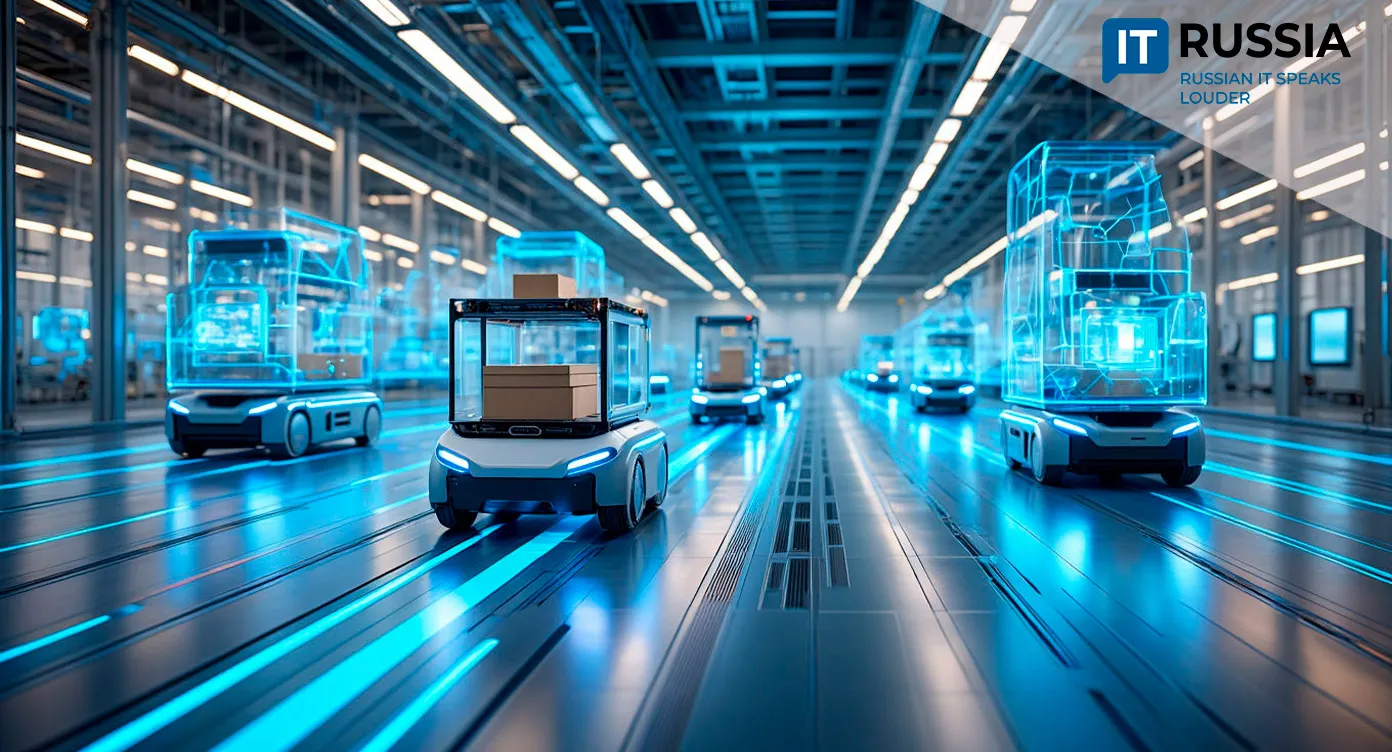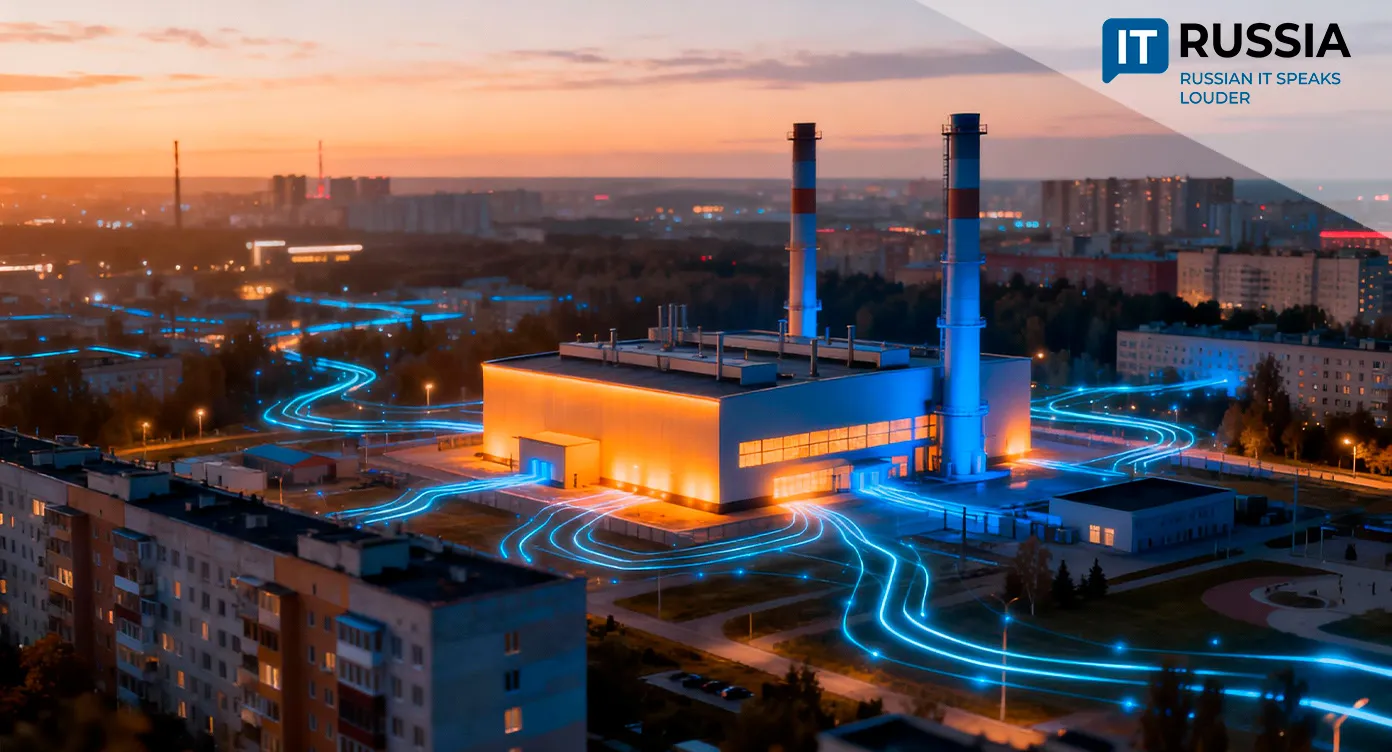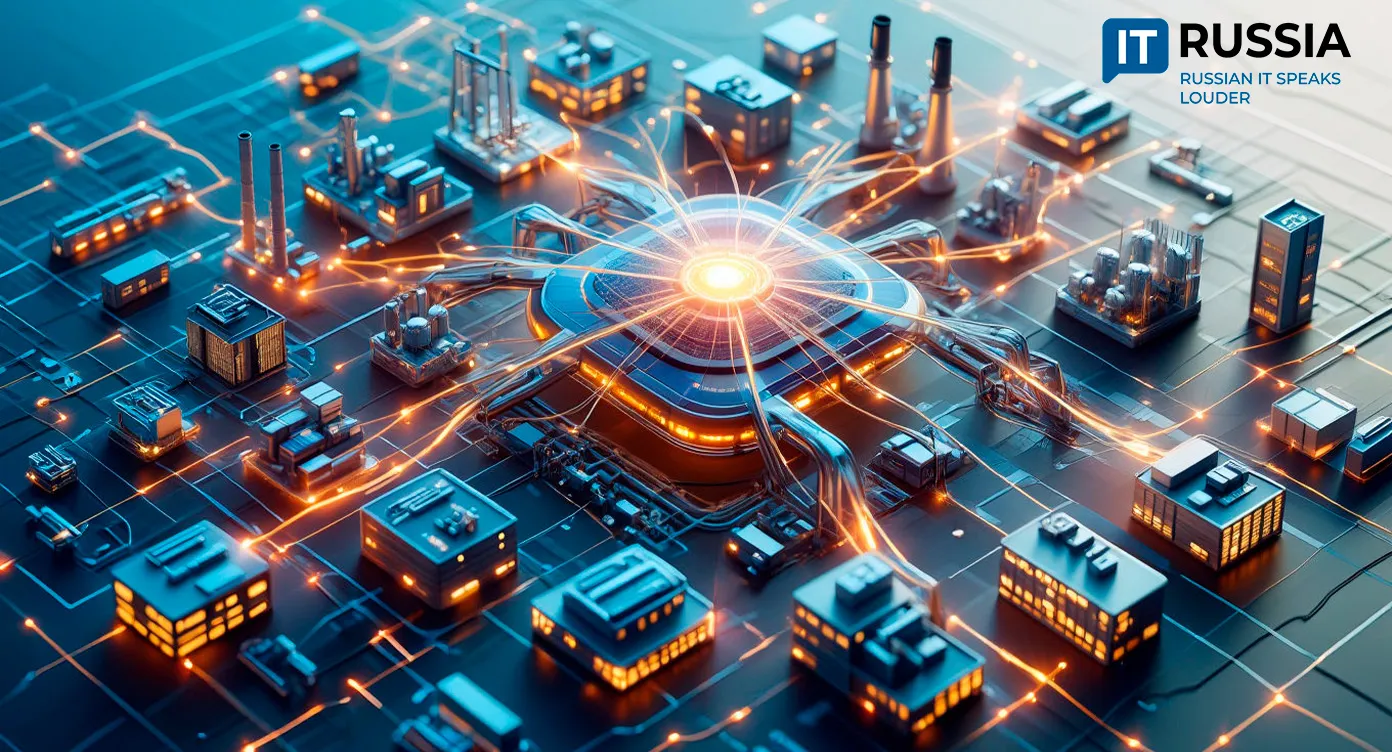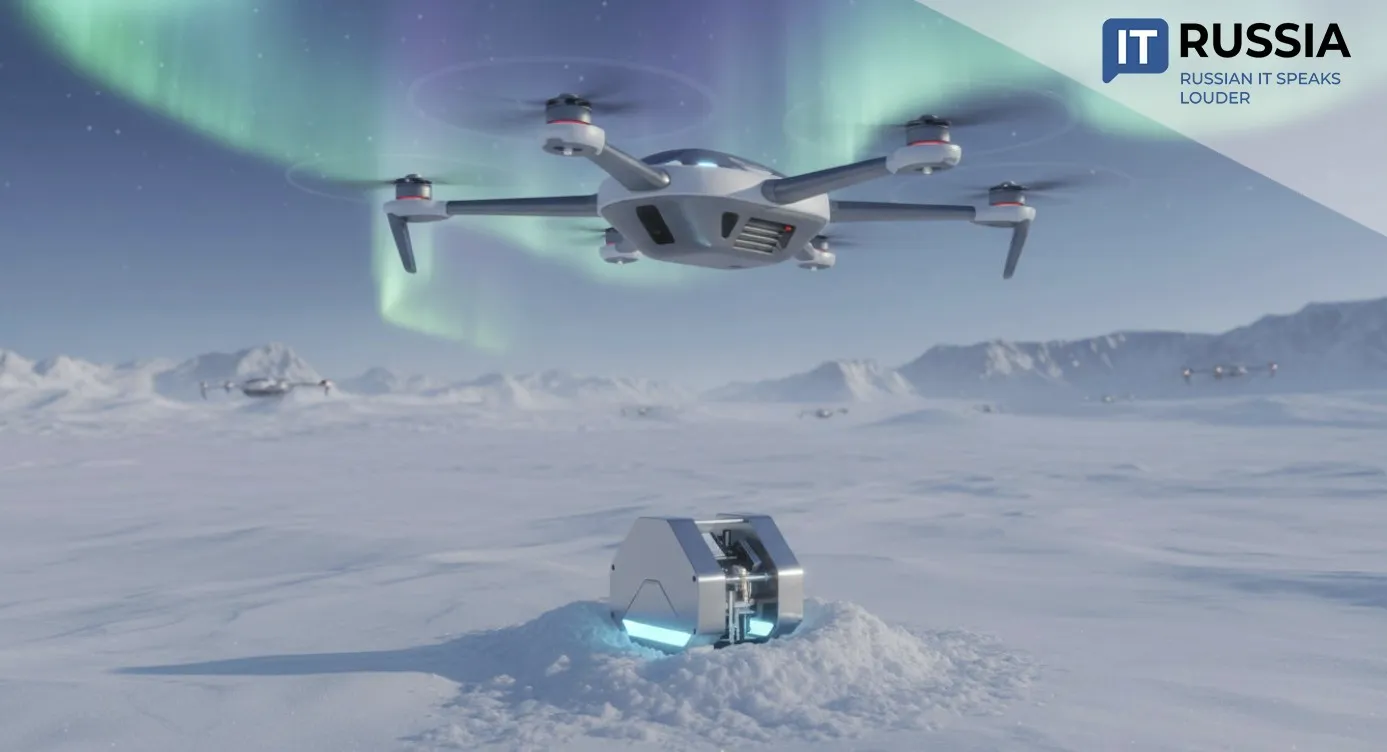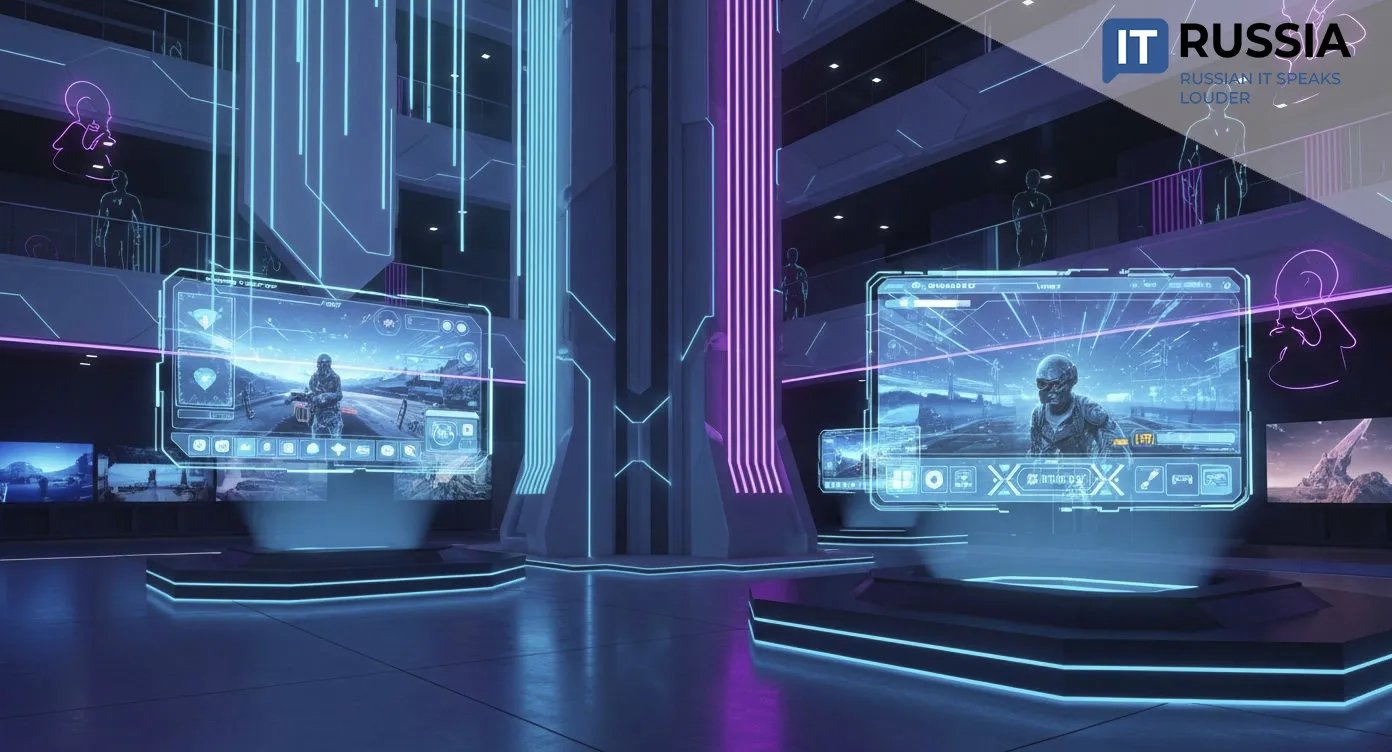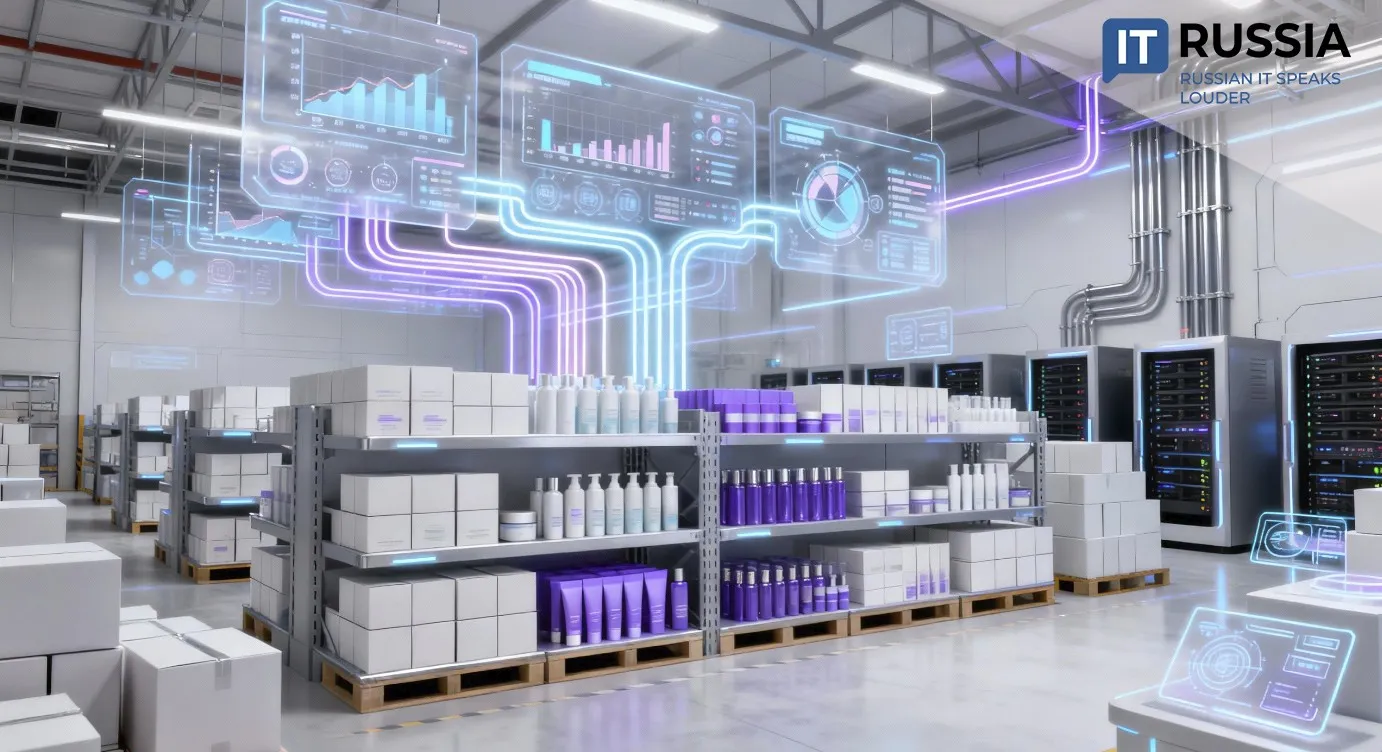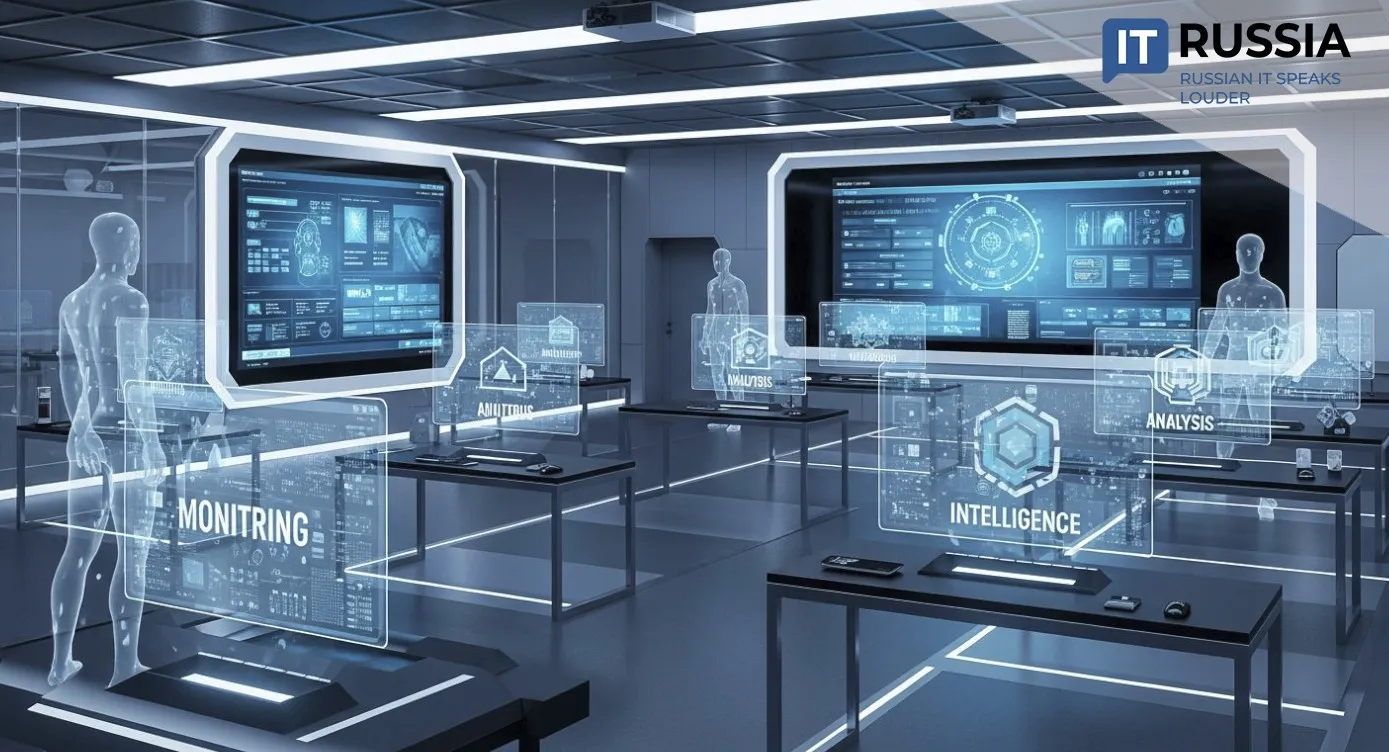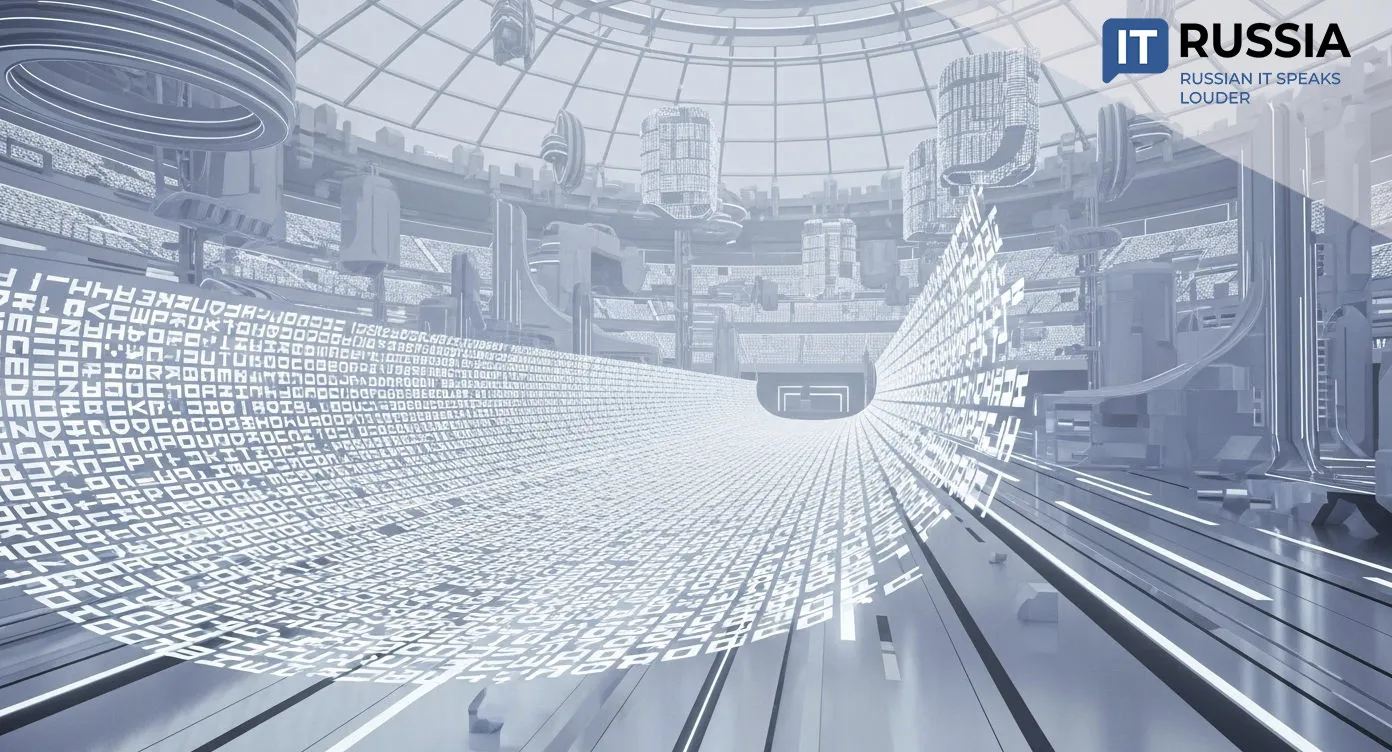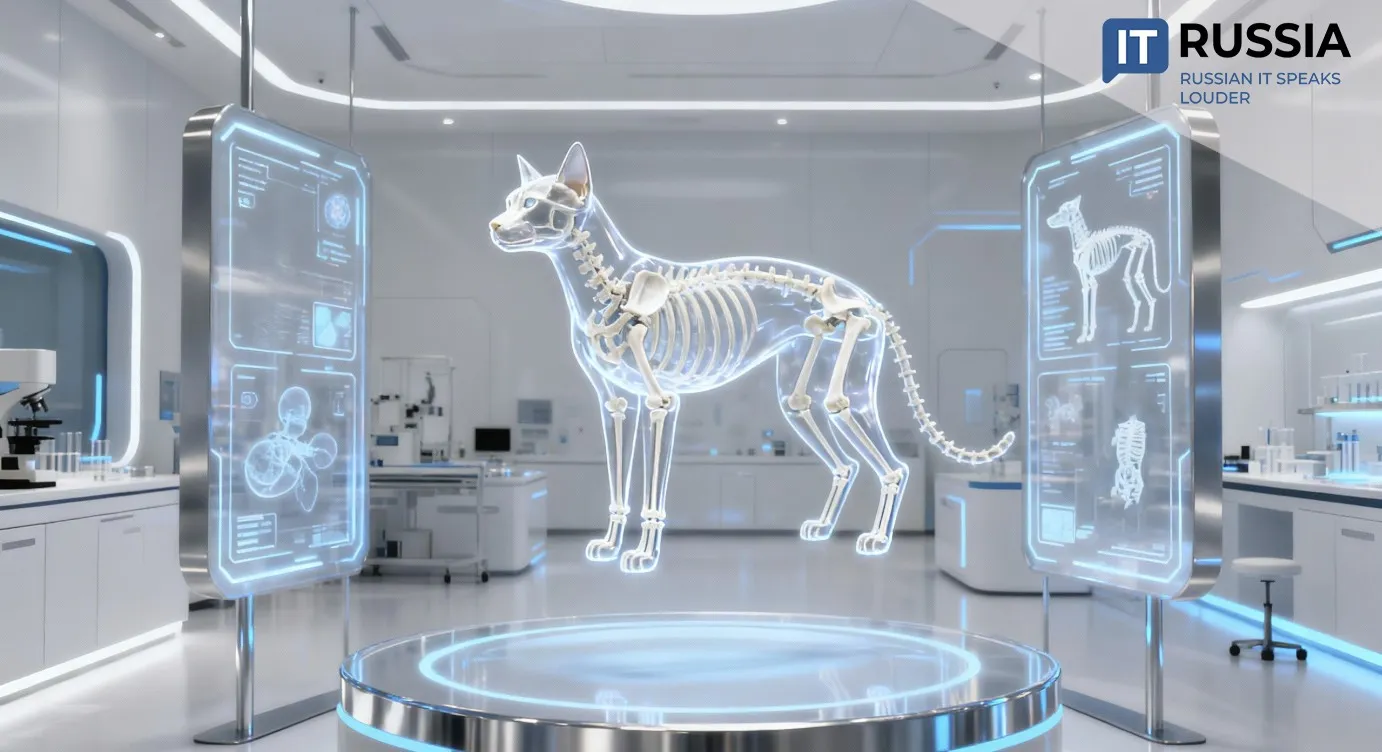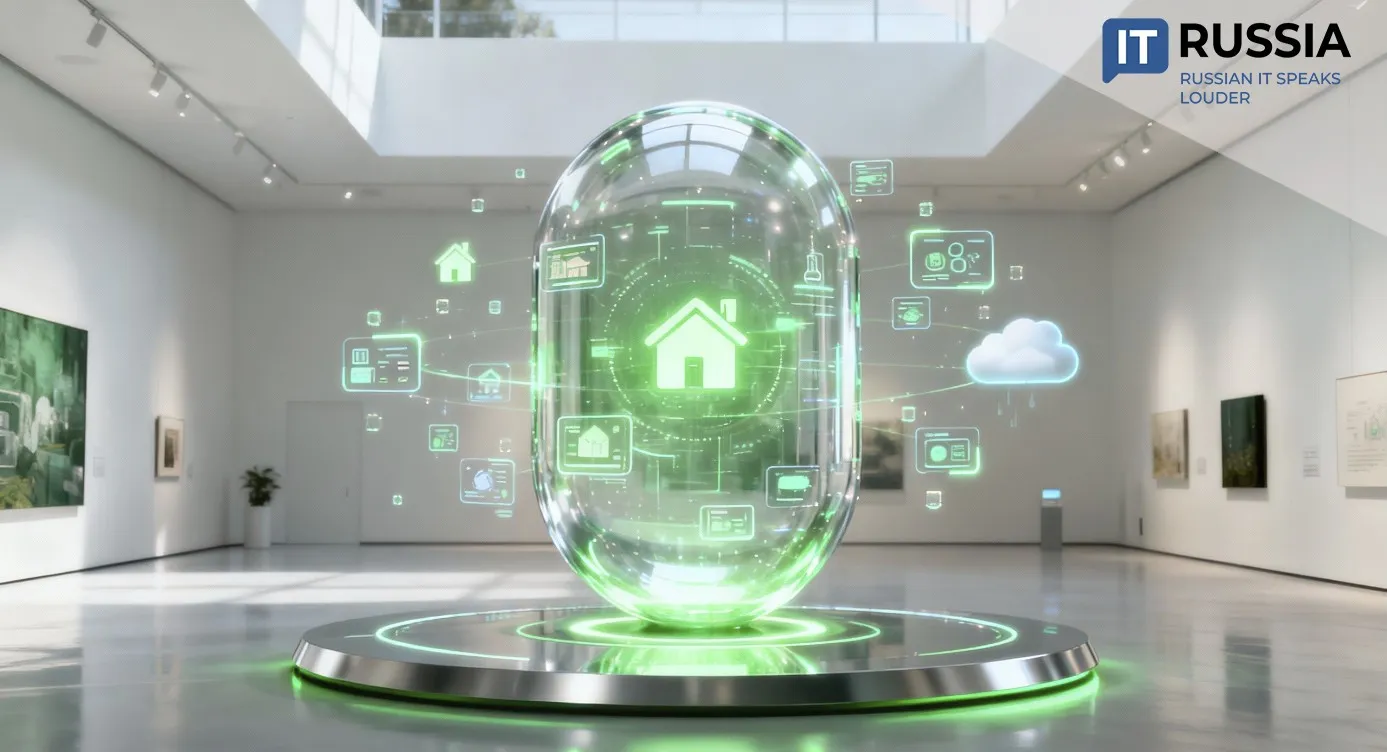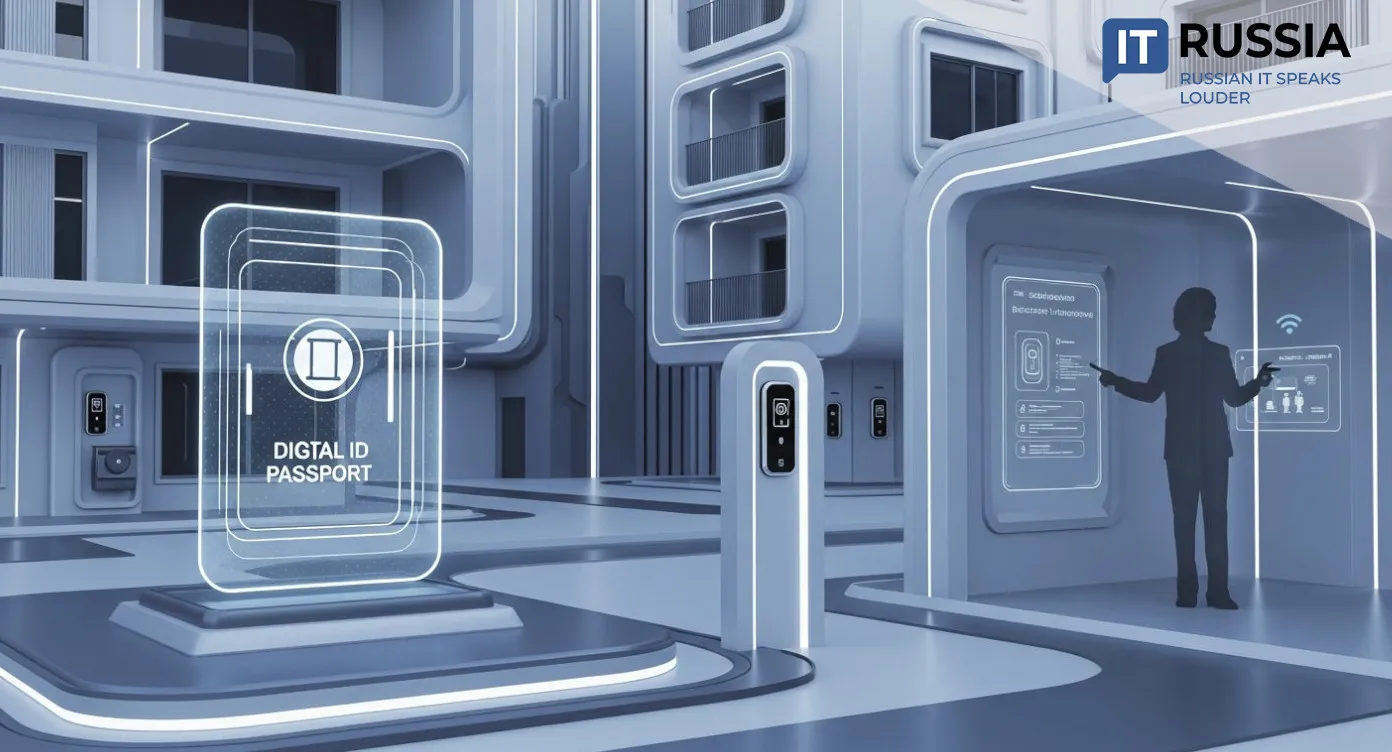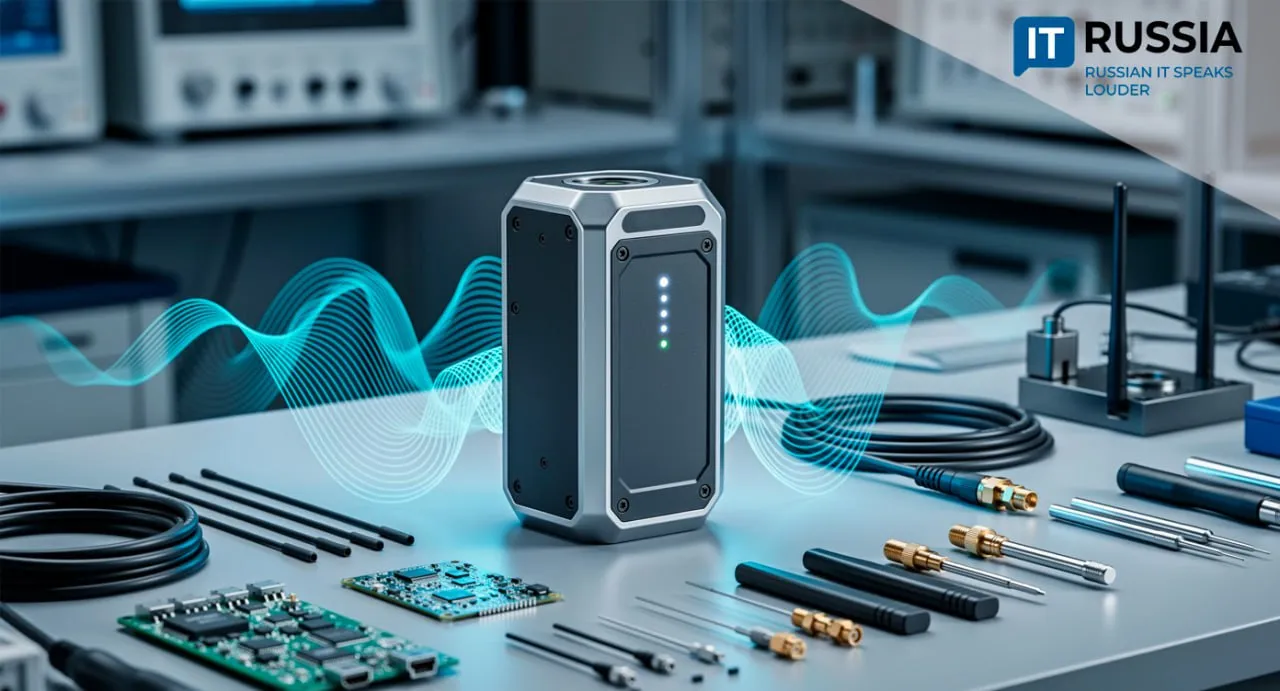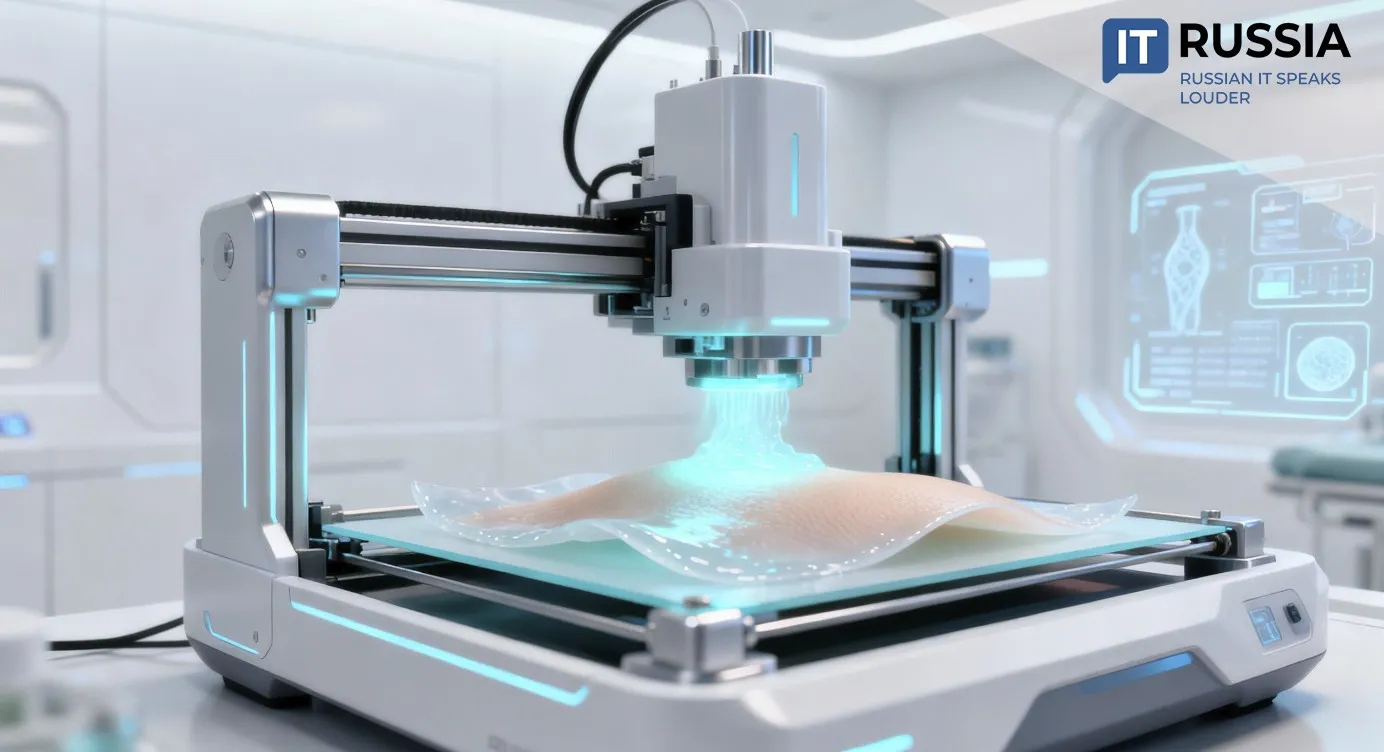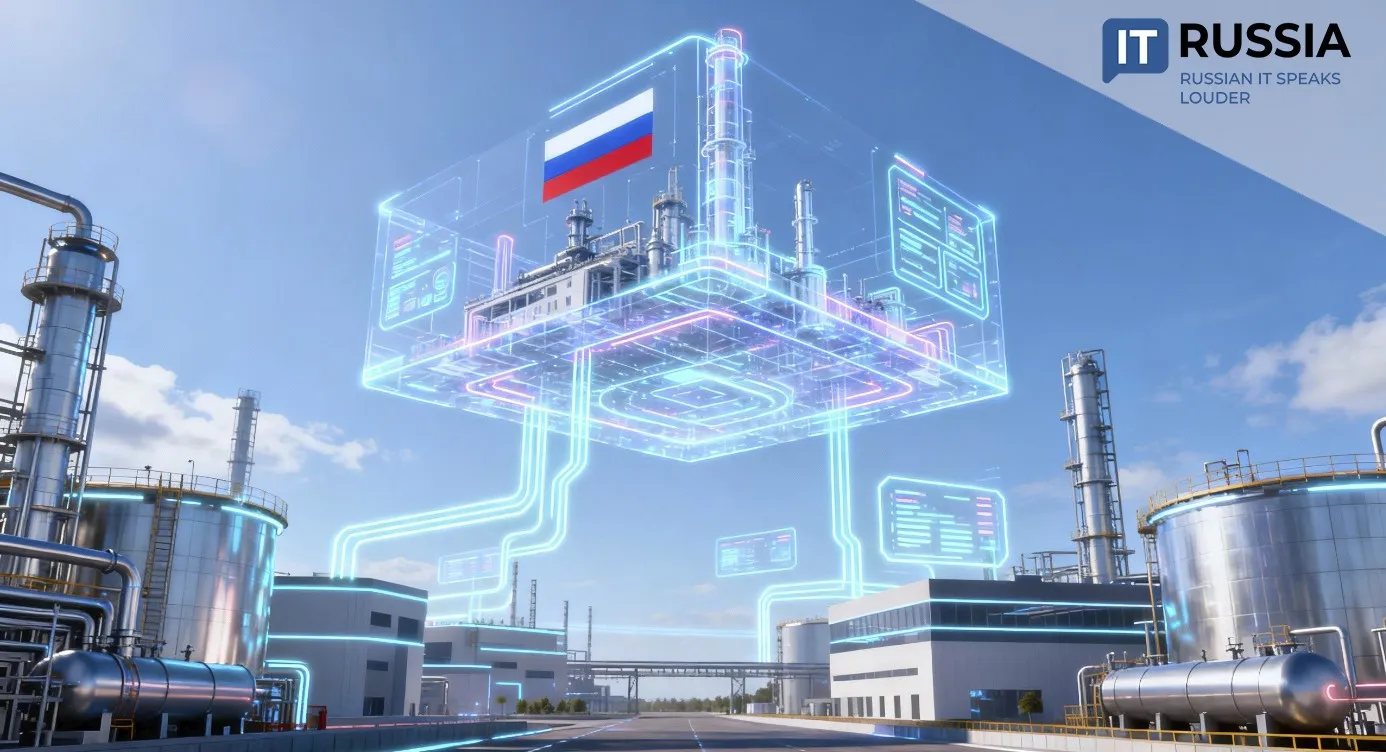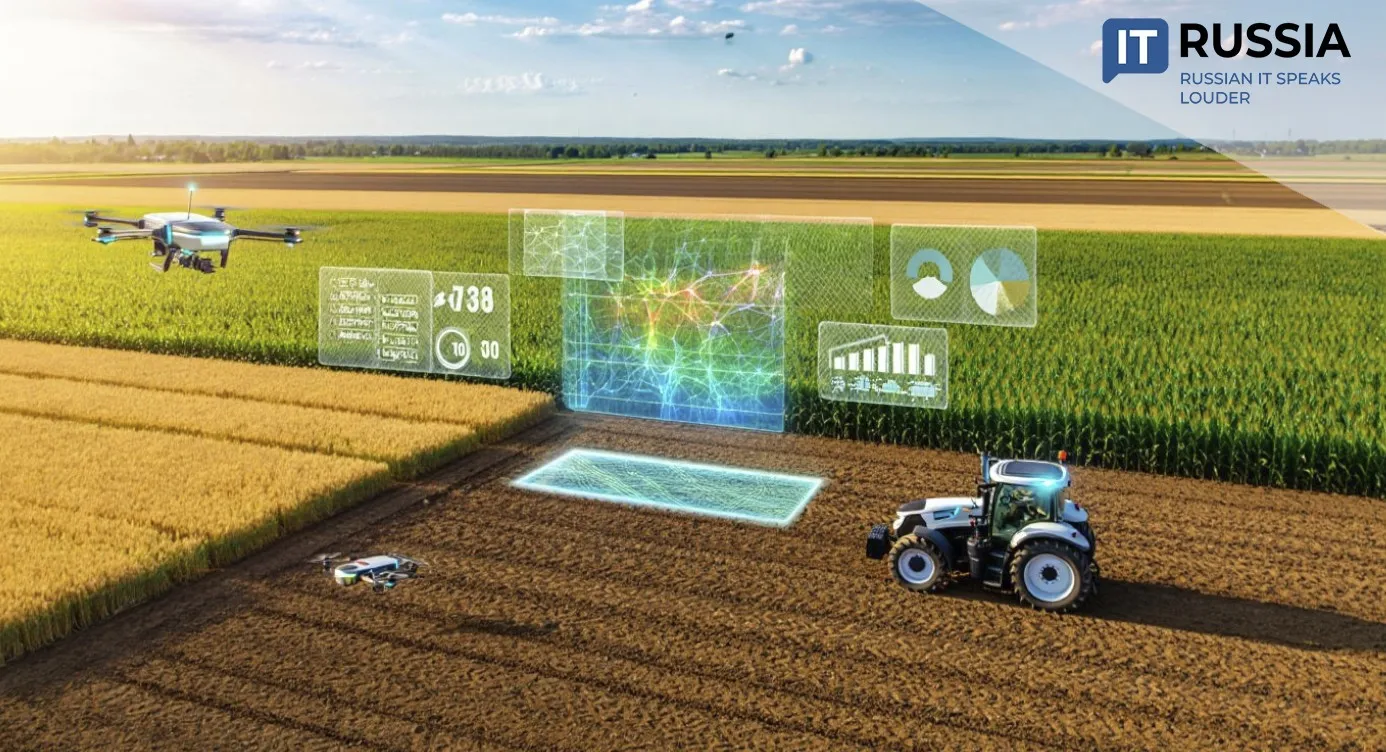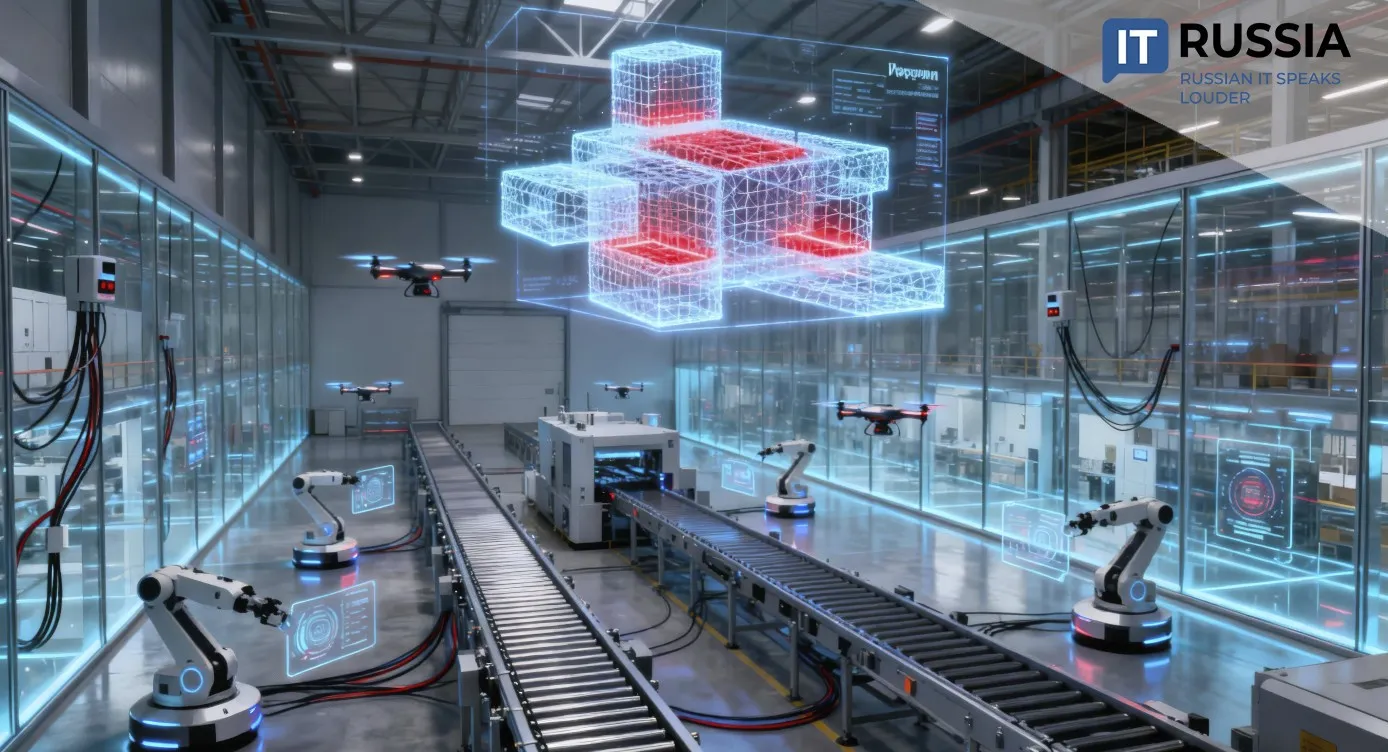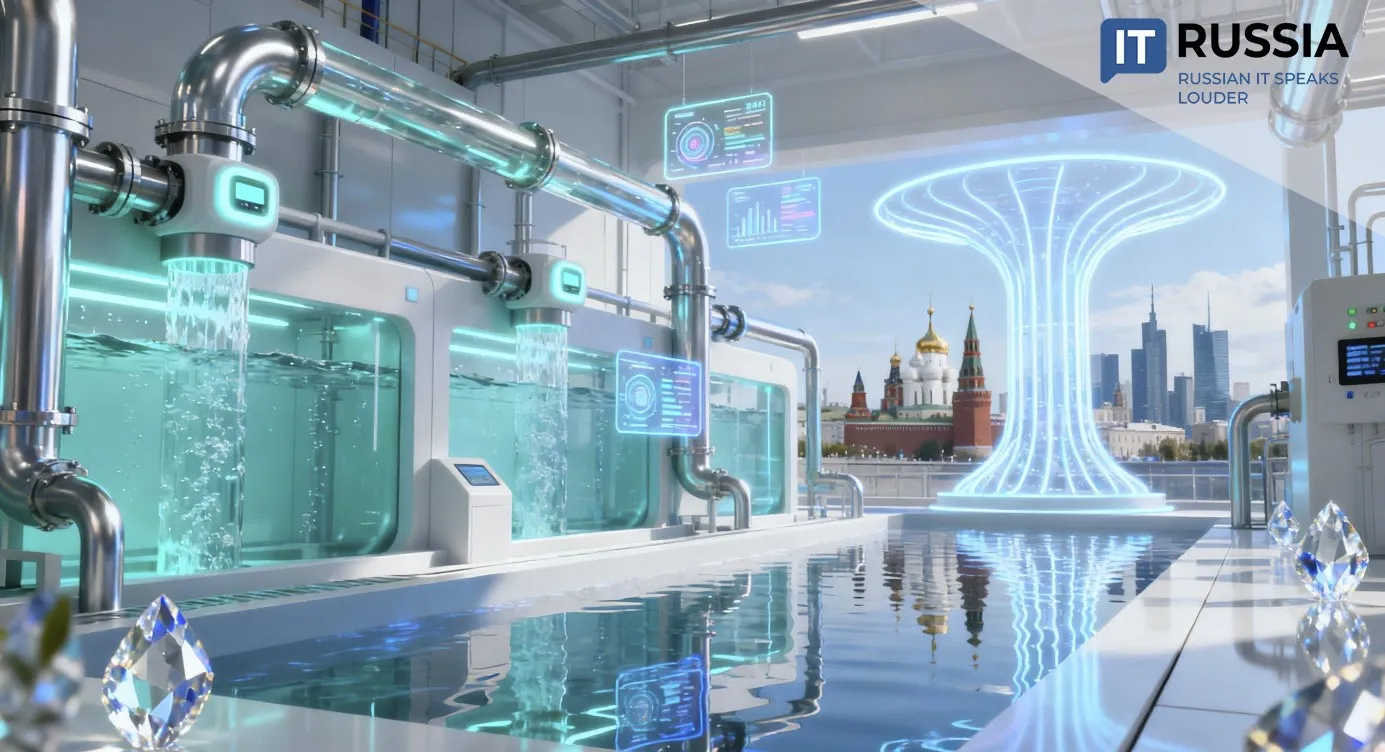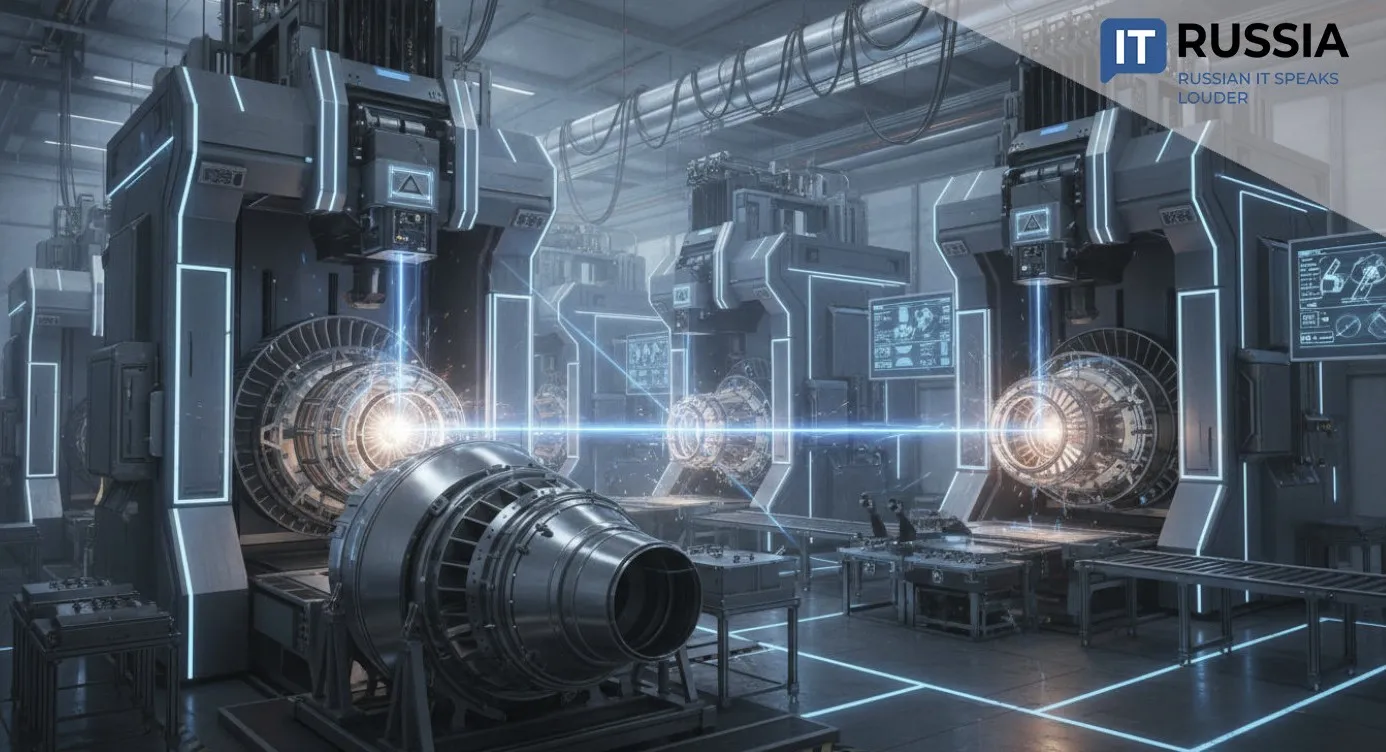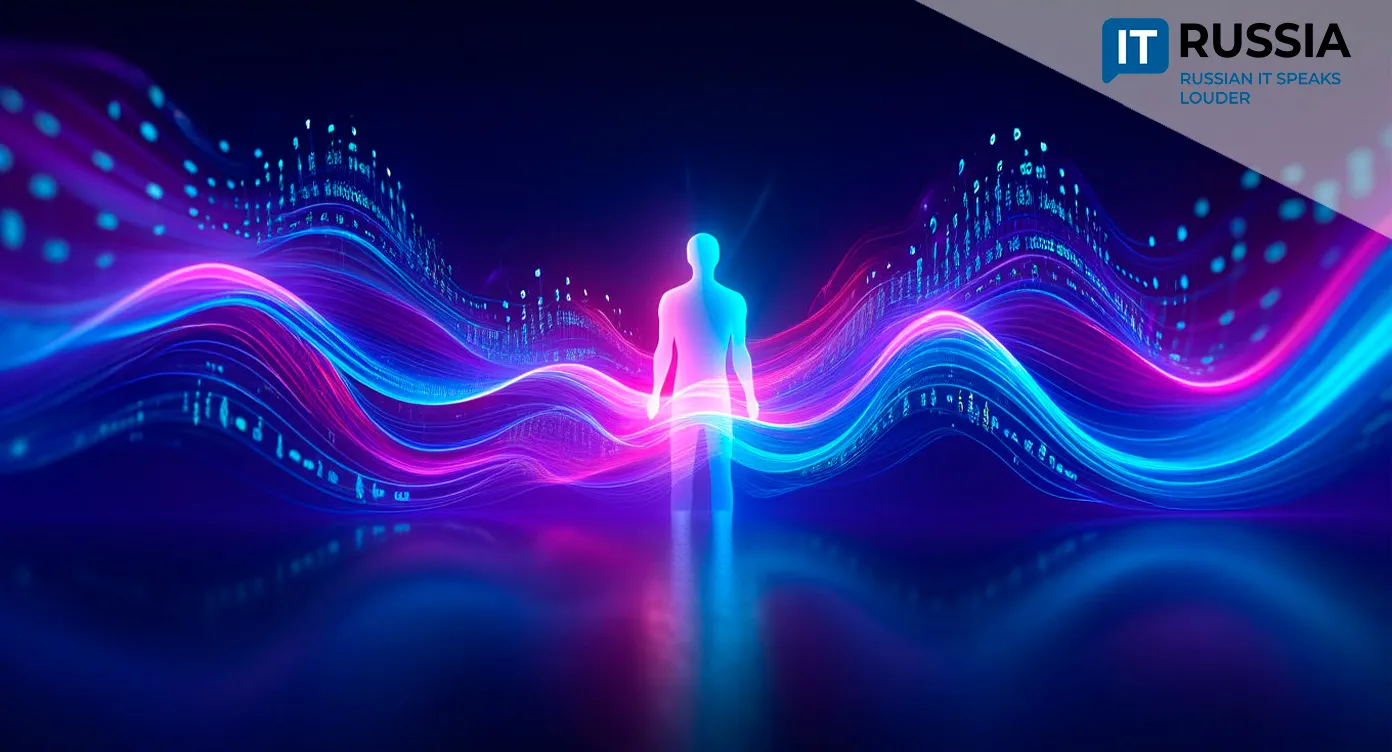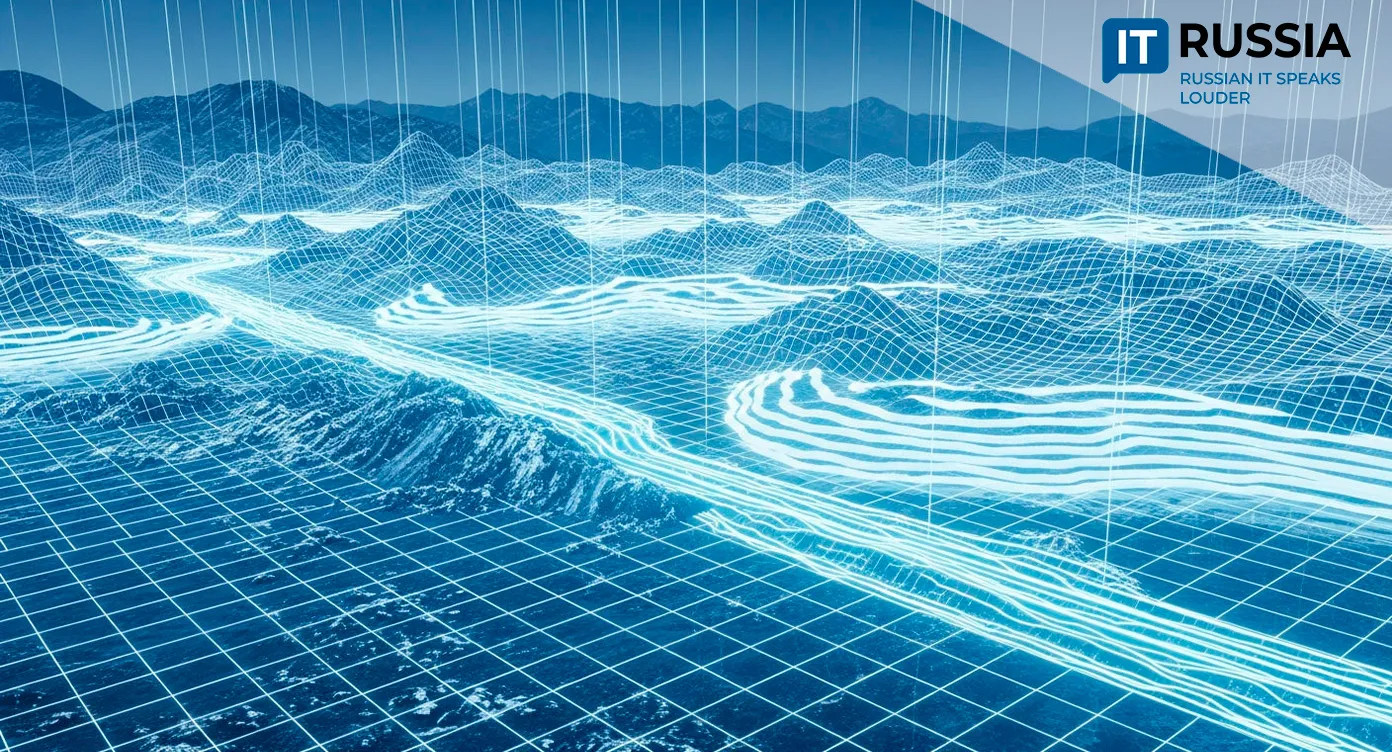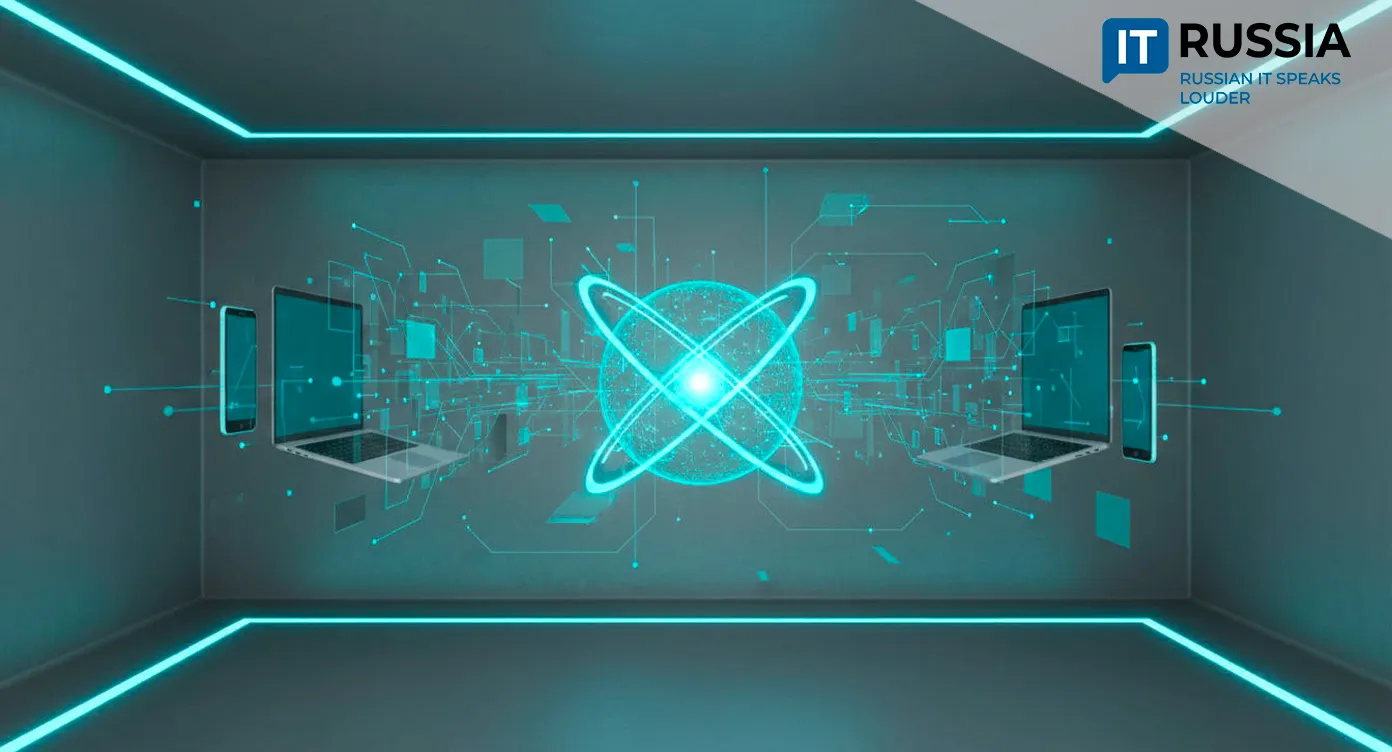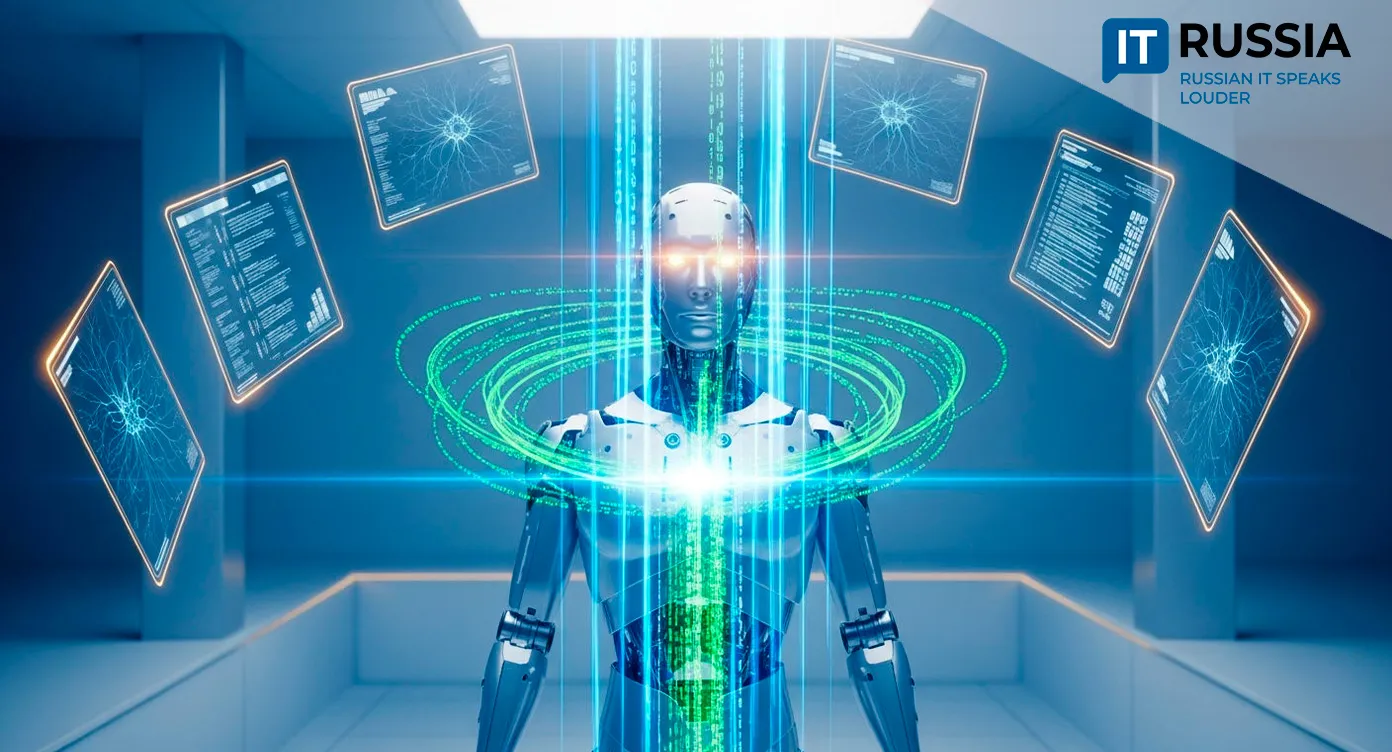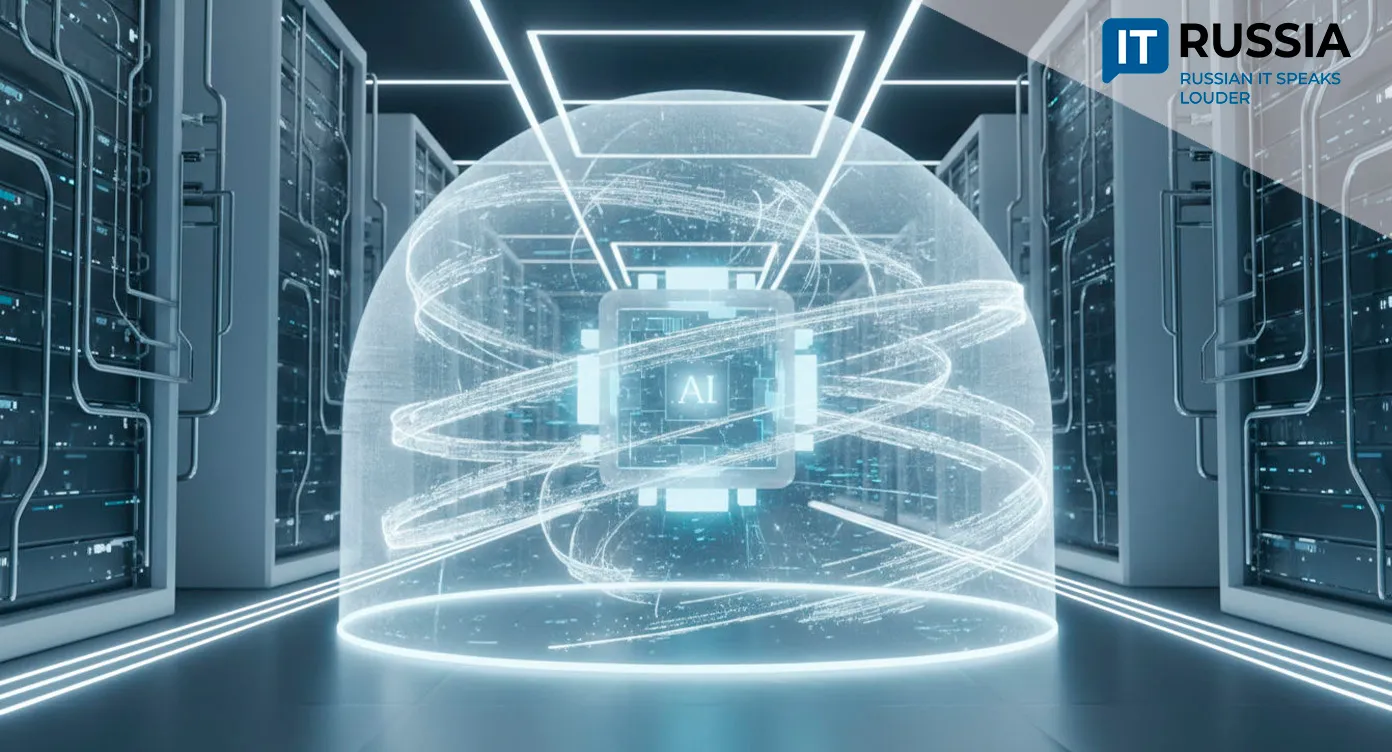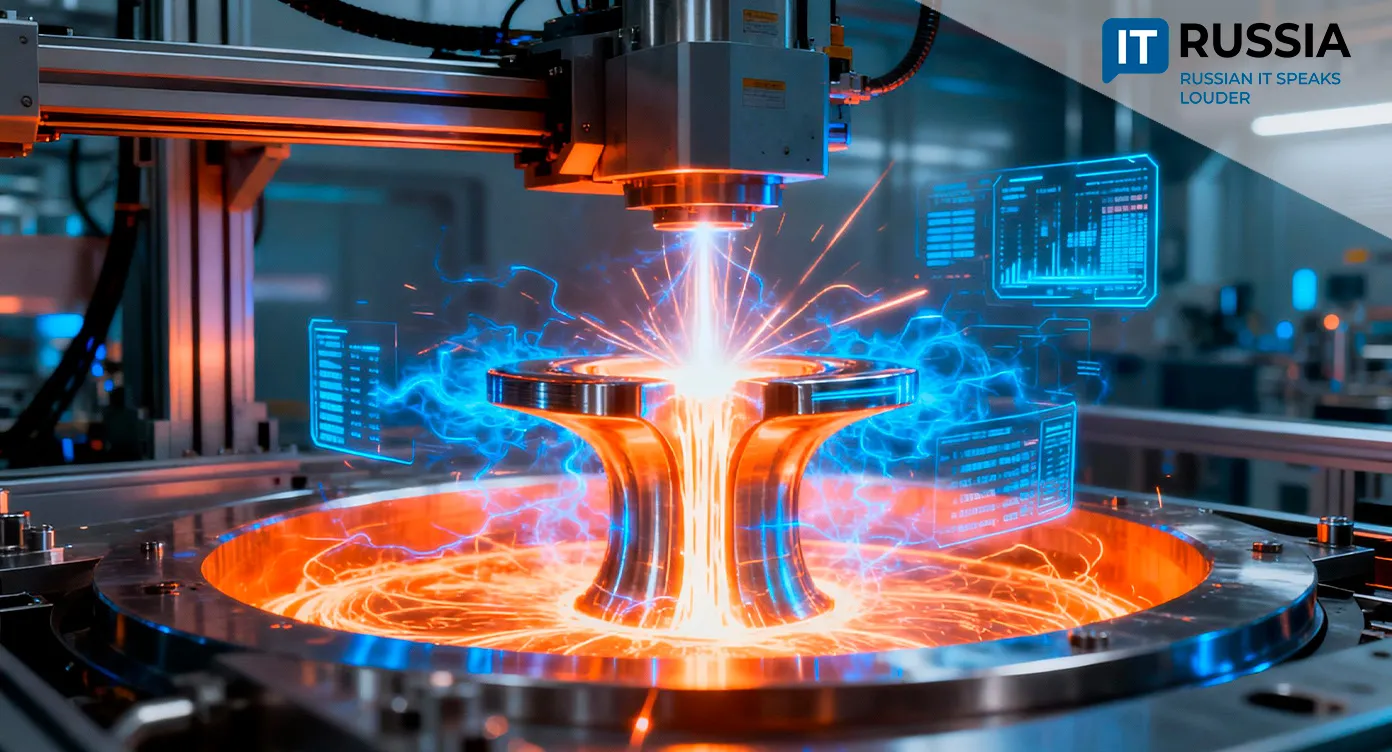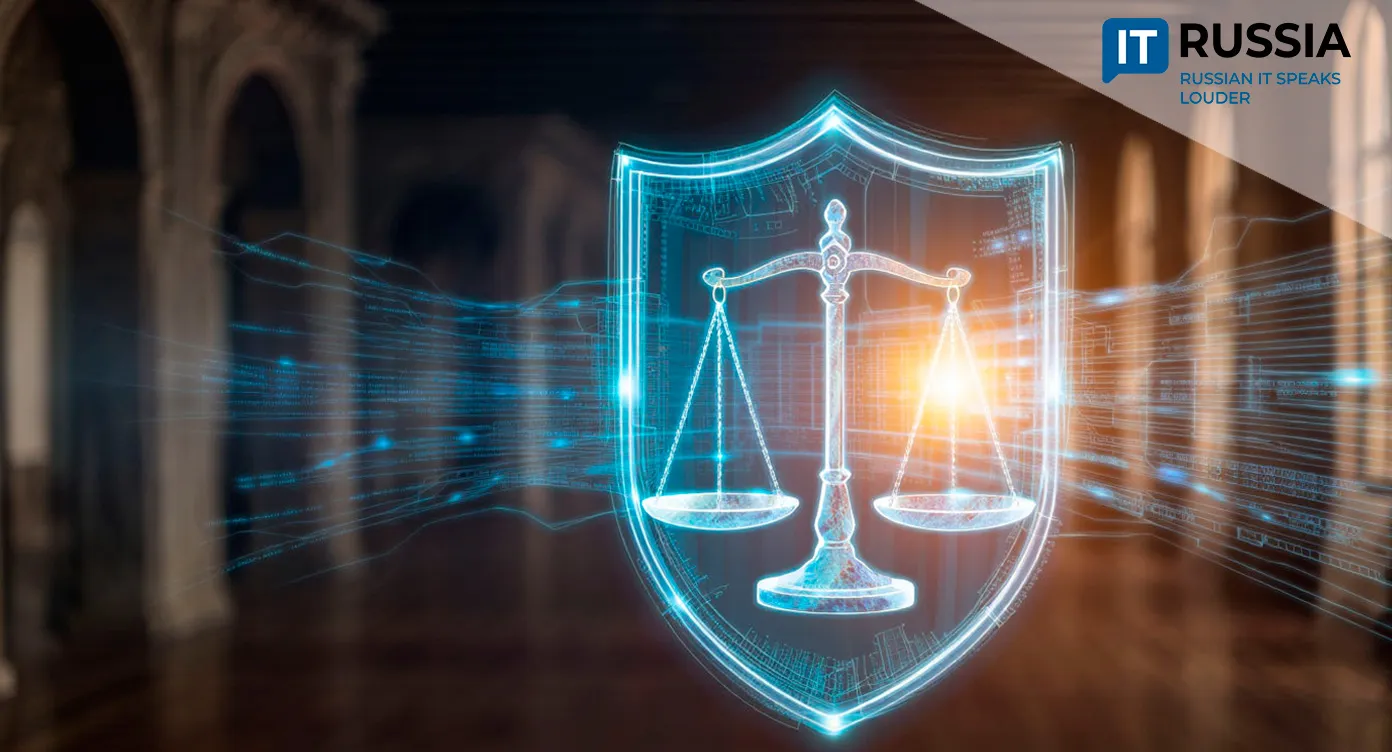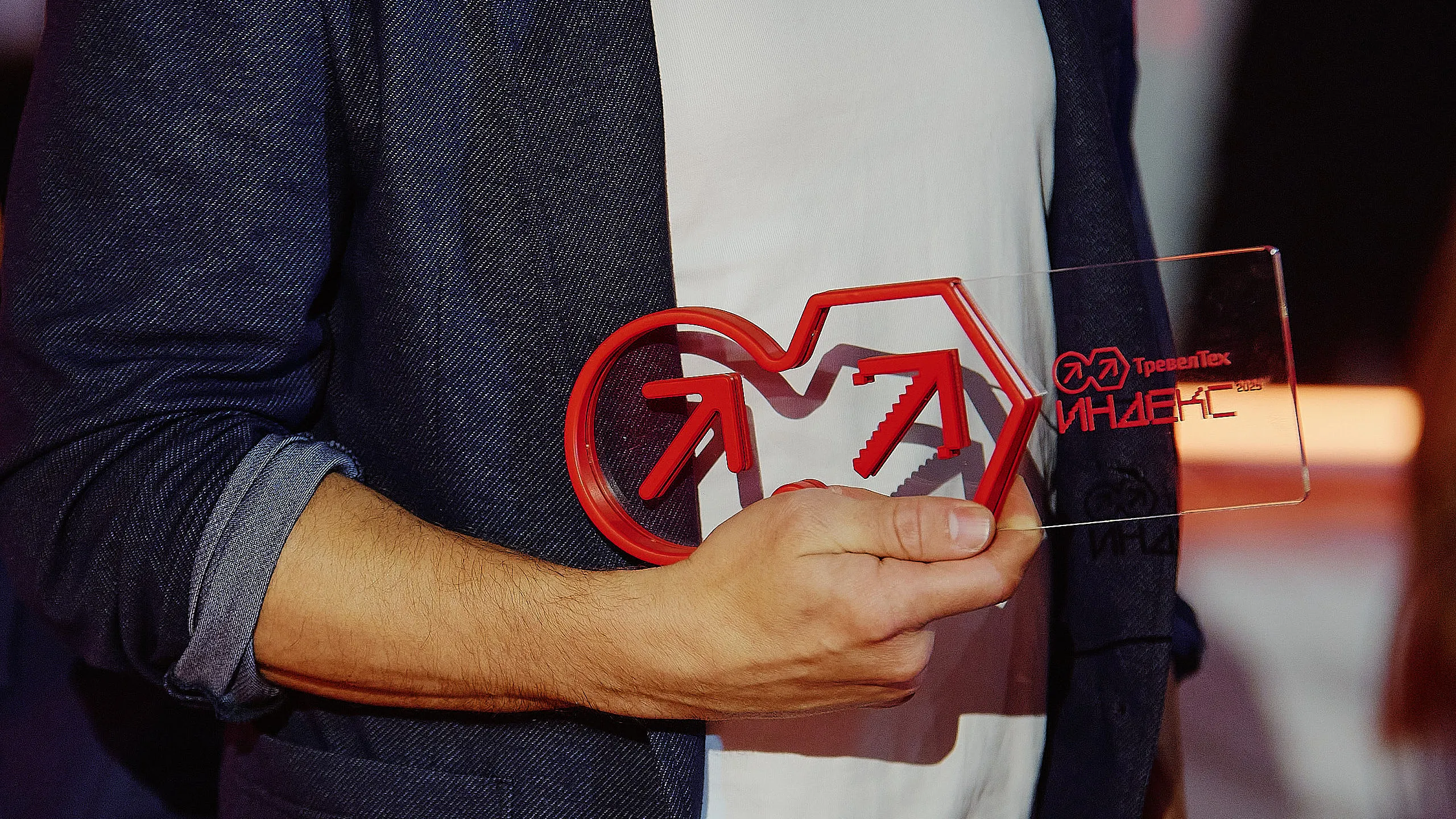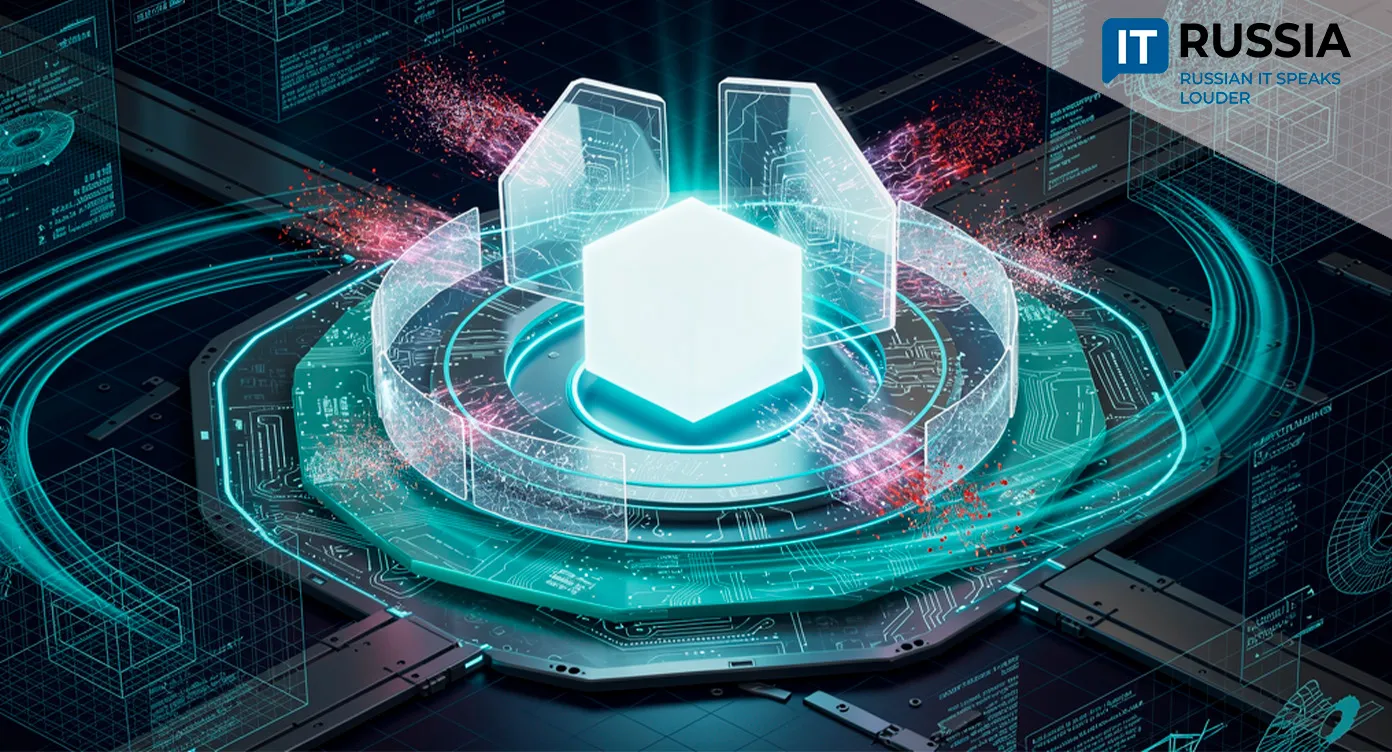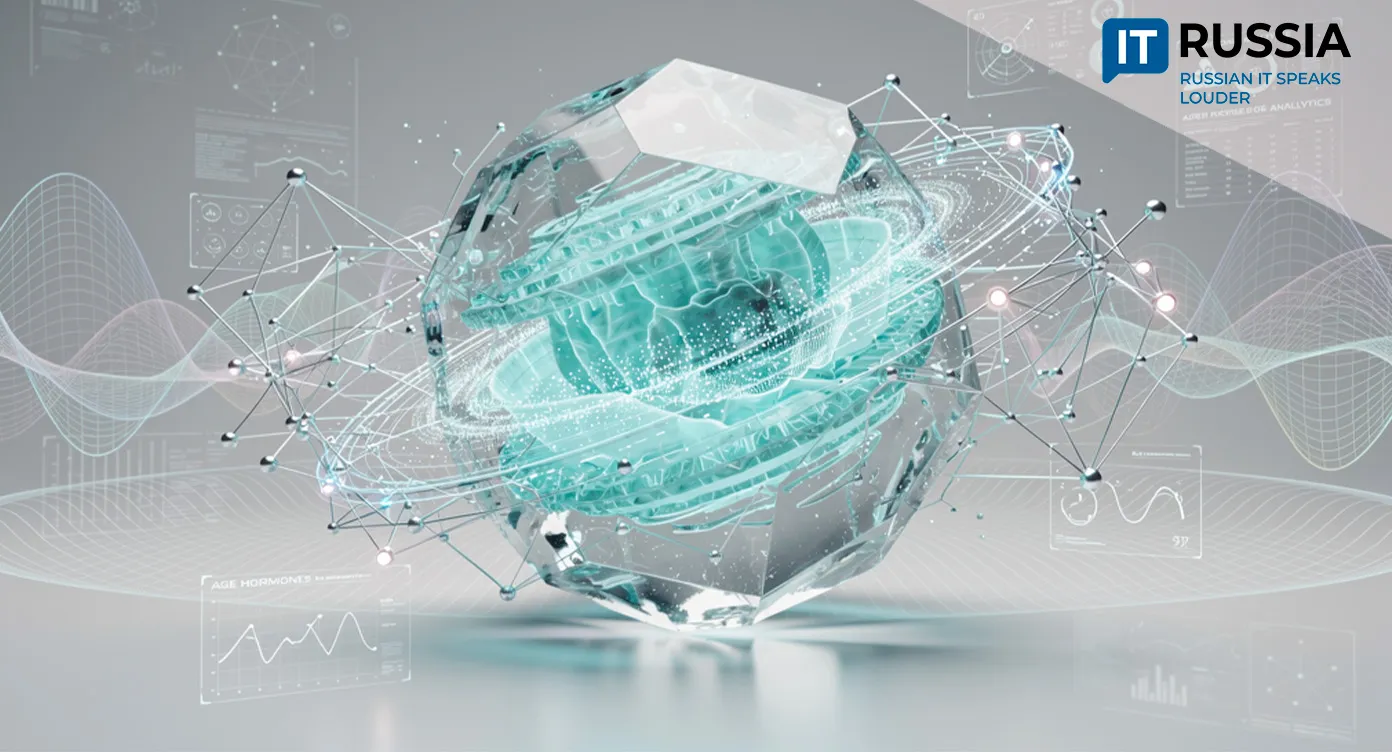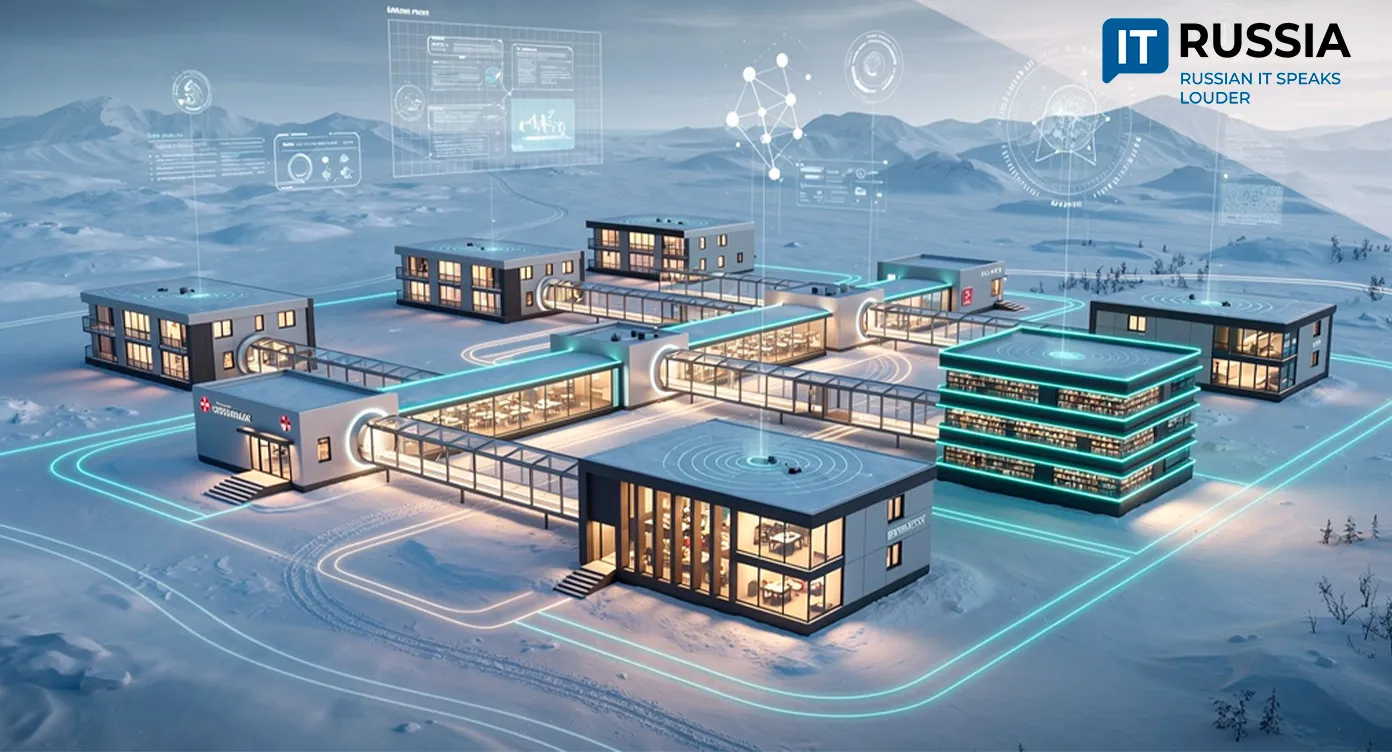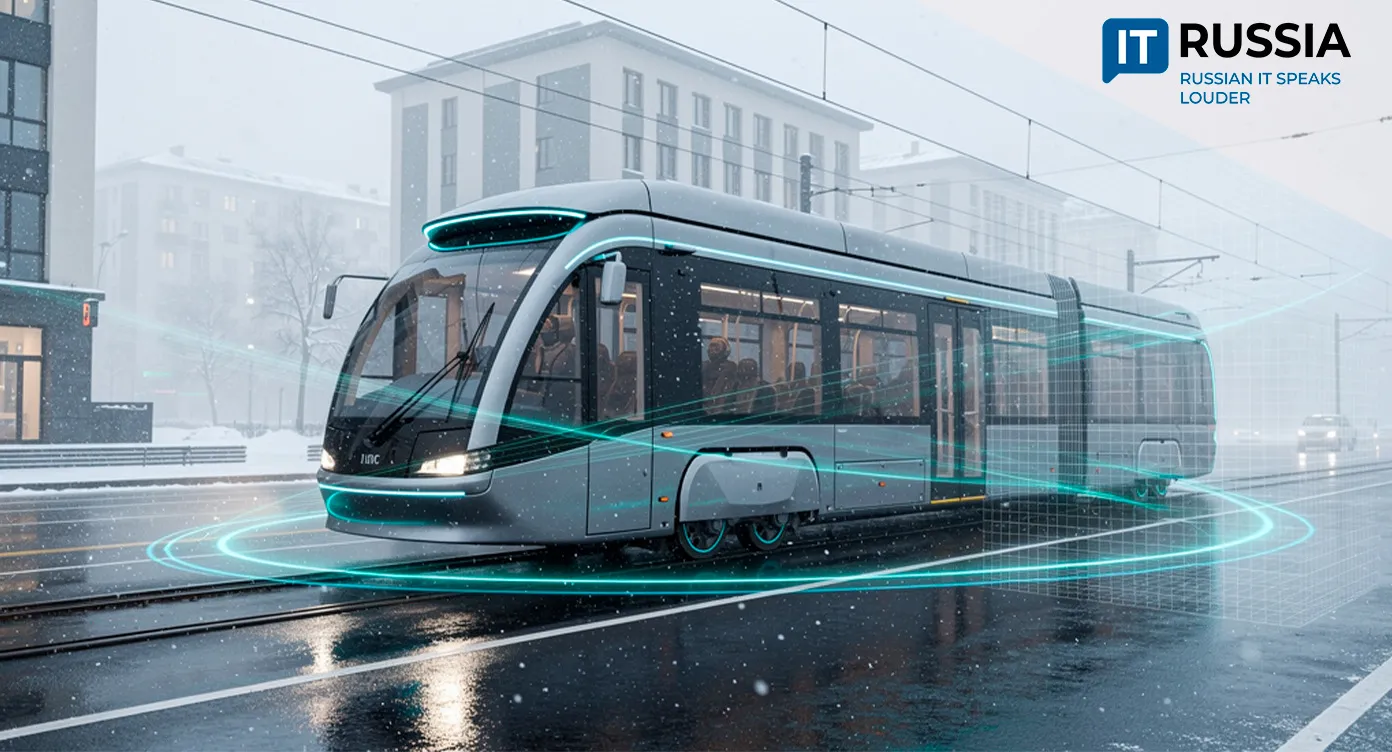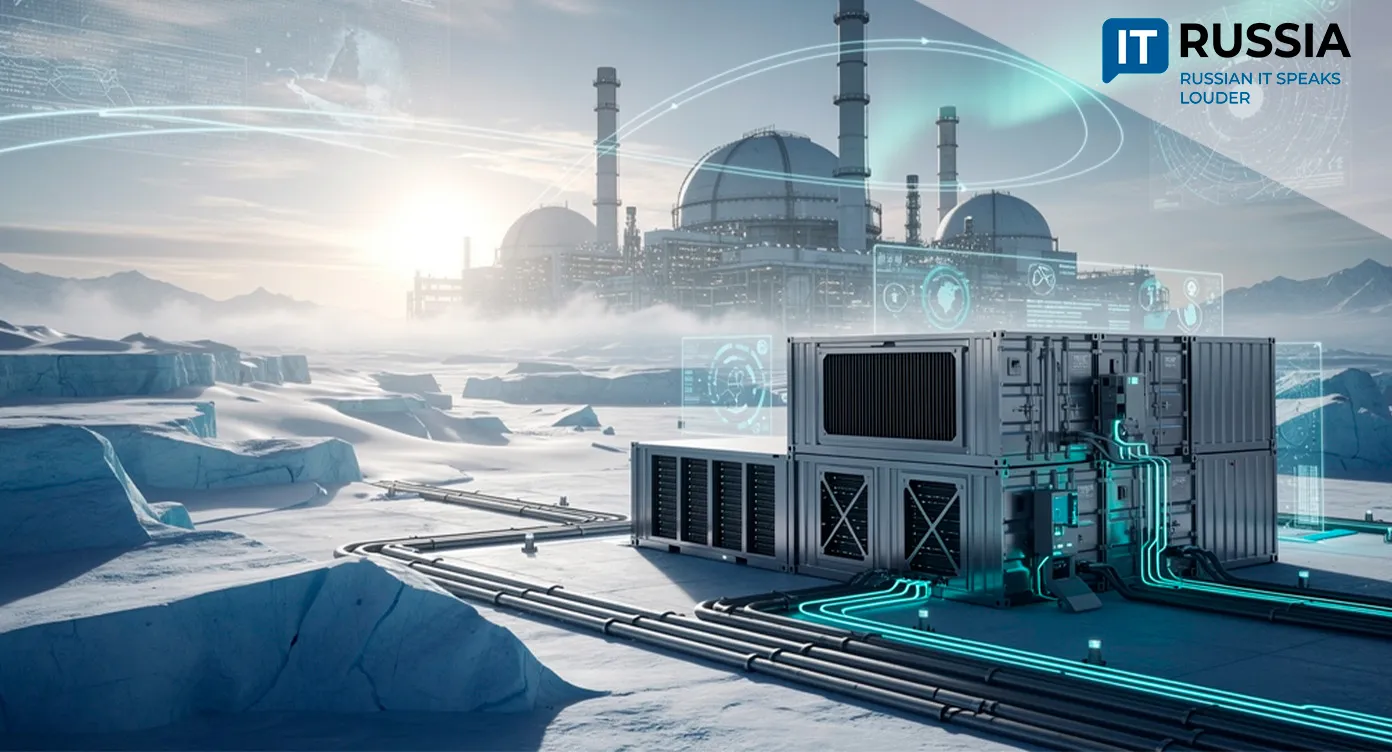Smart Retail: How Video Analytics Are Driving Sales Growth
Russian tech innovators are redefining how retailers understand their customers. A new video analytics platform from St. Petersburg Polytechnic University (SPbPU) brings advanced in-store intelligence to small and medium-sized businesses—without massive infrastructure costs.
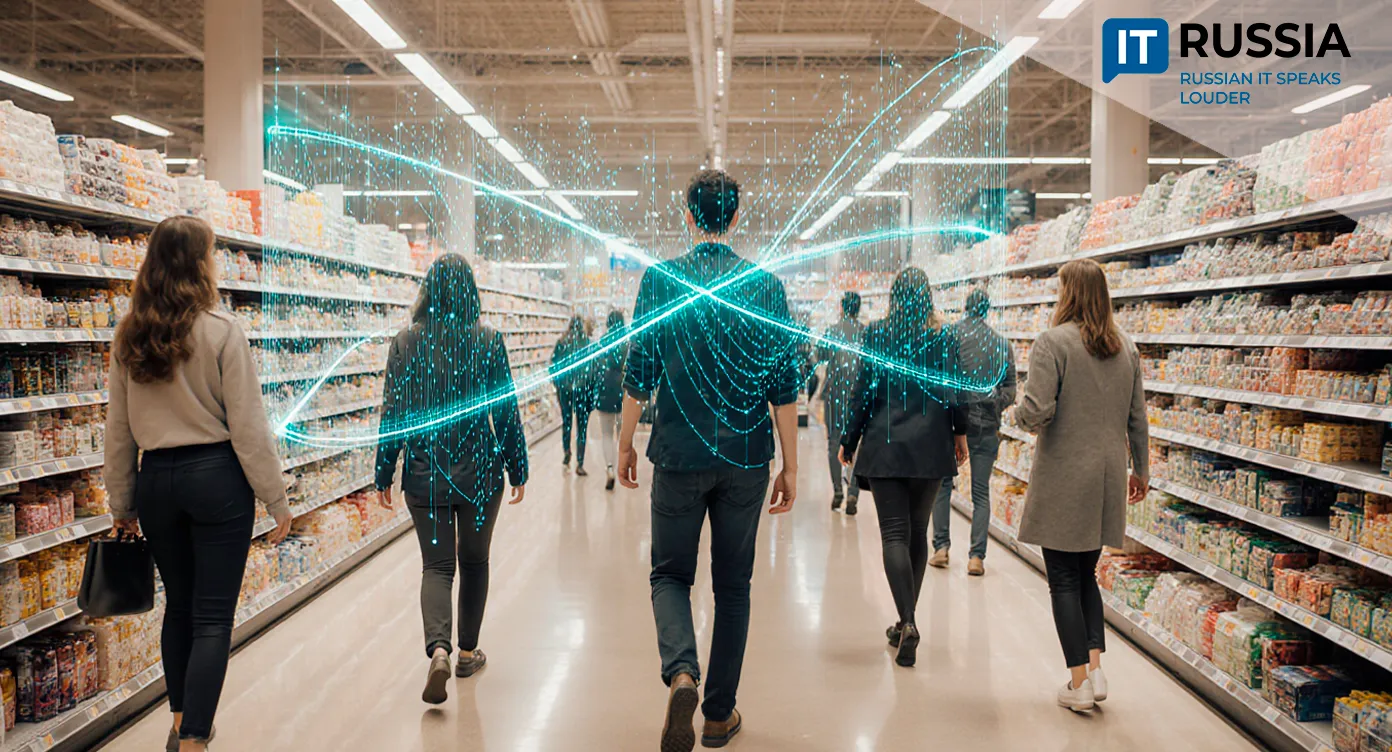
From Footage to Metrics
The SPbPU-developed platform leverages computer vision to analyze live video feeds from retail stores. It tracks customer movement trajectories, identifies stopping points, and measures product interactions to build a set of actionable metrics—such as store traffic, dwell time, and merchandising efficiency. All of this happens autonomously and in real time, without human intervention.
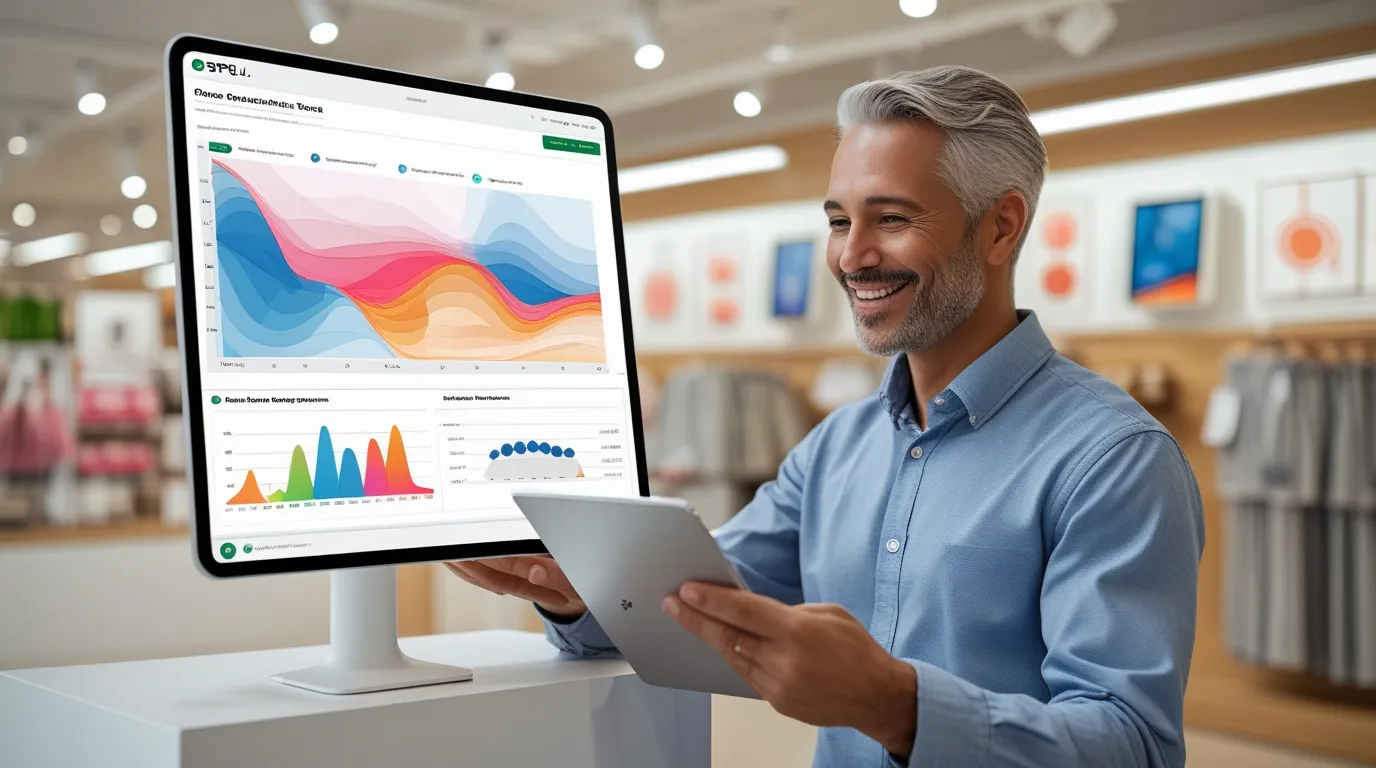
Unlike traditional high-cost systems, this solution doesn’t require complex hardware installation. It can collect data from compact “frog-cams,” making it affordable and scalable for small and medium-sized retailers that still rely on manual observation or outdated monitoring tools.
With machine-learning algorithms, the system delivers insights faster, cheaper, and more accurately.
From Security to Business Intelligence
While video analytics has been used in Russia for decades, it was primarily designed for security—facial recognition, anomaly detection, and access control. As early as 2019, for example, Russia’s Pyaterochka grocery chain adopted these systems to identify repeat shoplifters.
Now, with advances in machine learning and reduced computing costs, cameras are becoming data sensors for business analytics. The SPbPU system adapts to the Russian retail landscape, including local regulations, infrastructure limitations, and specific consumer behavior patterns.
Analytics in the Cloud
The platform operates on a SaaS model: users pay a subscription fee for access to a cloud-hosted application running on the provider’s servers. This makes advanced analytics available even to companies without in-house developers or data scientists.
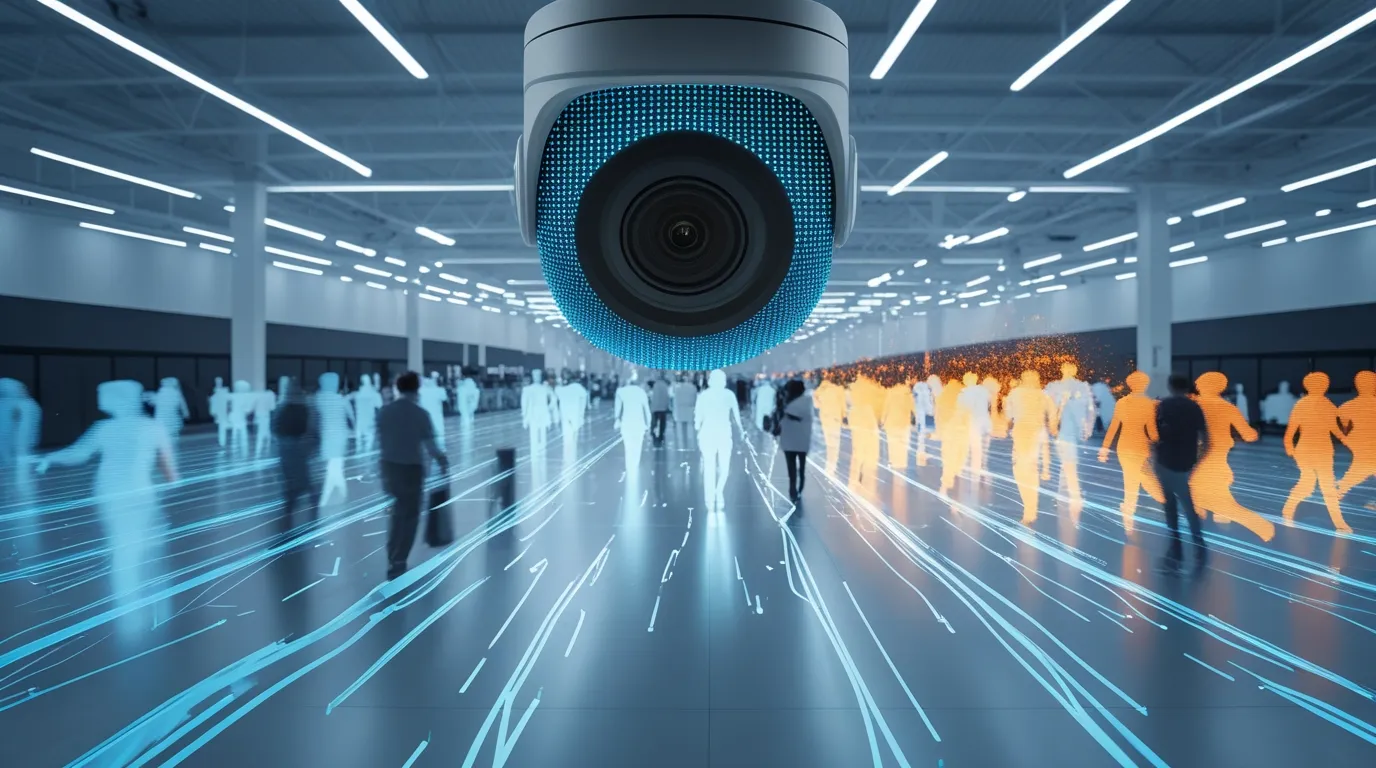
In near real time, the system generates heat maps, predicts peak load times, and segments audiences by behavior, age, and gender. Integration with CRM and POS systems closes the analytics loop—linking in-store customer activity directly with purchases. To ensure compliance with Russian data-protection laws, all information is anonymized, excluding any possibility of personal identification. This focus on data ethics aligns with international privacy standards as well.
Technology as a Competitive Asset
In an increasingly competitive retail market, technology is becoming a core business asset. The SPbPU initiative demonstrates how digital innovation can empower even smaller players. According to RBC, by mid-2025 over 40% of Russian retailers reported sales growth driven by AI-based tools, and around 20% had integrated generative neural networks into their operations.
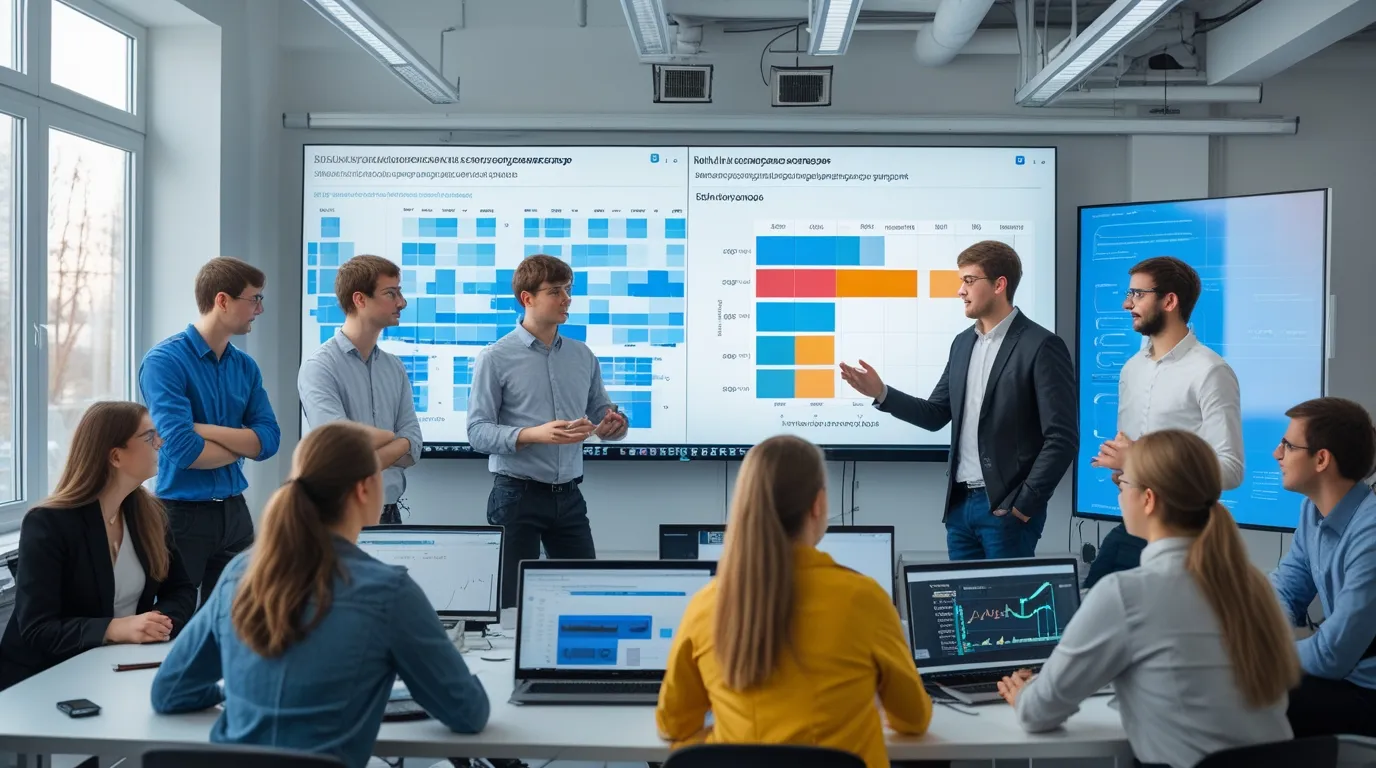
The university’s project could serve as a catalyst for a wider ecosystem of locally developed AI solutions tailored to small and mid-sized enterprises. In this way, Russia’s digital economy is moving beyond large corporations—it’s becoming part of everyday business efficiency. Artificial intelligence, it turns out, can be both smart and accessible.



